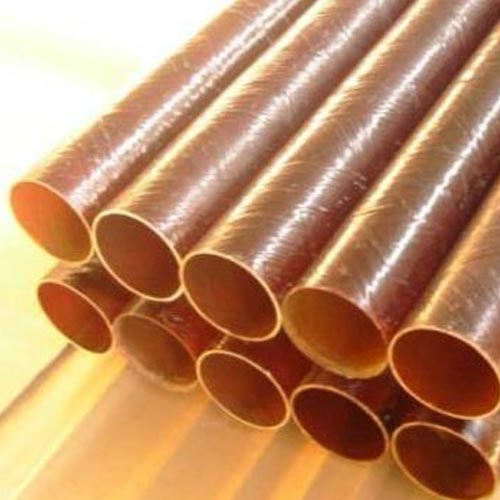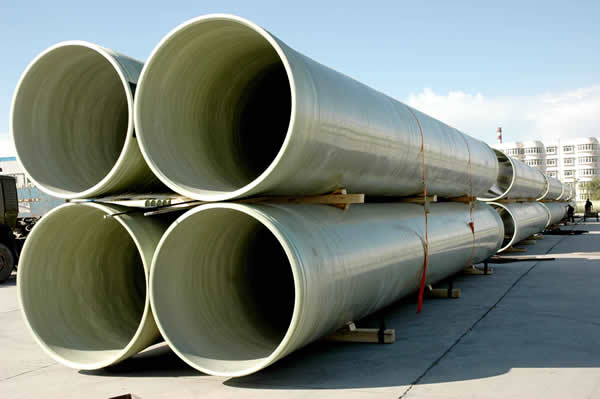
Test plans
Water
Water is life. It directly sustains humankind and its developmental needs. Water plays infinite roles in our day to day life with abundant applications. According to the specific end use of water, one needs to set its desirable characteristics. Here we enlist a few applications that need certain quality parameters to be tested.To ensure that a boiler runs properly over its lifetime, treating the water that circulates within the system is important. In absence of desired quality of boiler water and feed water, boiler's useful life will be significantly shortened. Resulting from untreated water, the boiler overheats and fails to produce hot water or steam in requisite quantity and results in overall loss of efficiency.
Unconditioned boiler feed water even though coming from a municipal water supply, can contain dissolved salts and form scale on the heat transfer surfaces as the water is heated. This deposited scale drastically reduces the heat transfer of the boiler and leads to overheating, tube failure and efficiency loss. Scale also reduces the flow area, which increases the pressure drop in boiler tubes and piping, resulting in low steam volume and downstream equipment failure. For an effective water treatment programme, one needs to check the boiler water quality from time to time from an outside lab.
Unconditioned boiler feed water even though coming from a municipal water supply, can contain dissolved salts and form scale on the heat transfer surfaces as the water is heated. This deposited scale drastically reduces the heat transfer of the boiler and leads to overheating, tube failure and efficiency loss. Scale also reduces the flow area, which increases the pressure drop in boiler tubes and piping, resulting in low steam volume and downstream equipment failure. For an effective water treatment programme, one needs to check the boiler water quality from time to time from an outside lab.
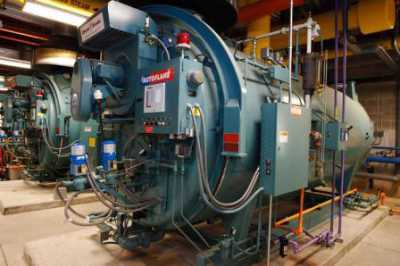
Caustic alkalinity
Chlorides
Conductivity
Dissolved oxygen (DO)
Iron
Manganese
pH
Reactive silica
Chlorides
Conductivity
Dissolved oxygen (DO)
Iron
Manganese
pH
Reactive silica
Sulphites
Total alkalinity
Total dissolved solids
Total hardness
Copper
Iron
Total suspended solids
Turbidity
Total alkalinity
Total dissolved solids
Total hardness
Copper
Iron
Total suspended solids
Turbidity
Phosphates
Scales
Calcium
ChloridesMagnesium
Sulphates
Zinc
Scales
Calcium
ChloridesMagnesium
Sulphates
Zinc
It is recommended that water from each source shall be got tested before the commencement of construction work and with appropriate frequency thereafter till the completion of the work. Water used for mixing and curing of concrete needs to be clean and free from detrimental contaminants of alkalis, acids, oils, salts, organic materials, vegetative growth or other substance that may be deleterious to bricks, stone, concrete or steel. Generally potable water is considered satisfactory for mixing. Here are some parameters that are required to be tested as per the standard.
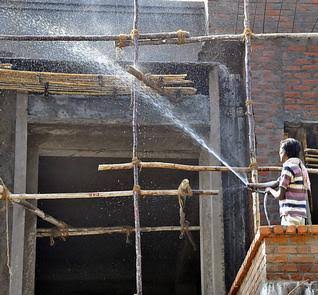
0.02 N H2SO4/100ml
0.02 N NaOH/100ml
Chlorides
Fixed residue
0.02 N NaOH/100ml
Chlorides
Fixed residue
pH
Sulphates
Total suspended solids
Volatile residue
Sulphates
Total suspended solids
Volatile residue
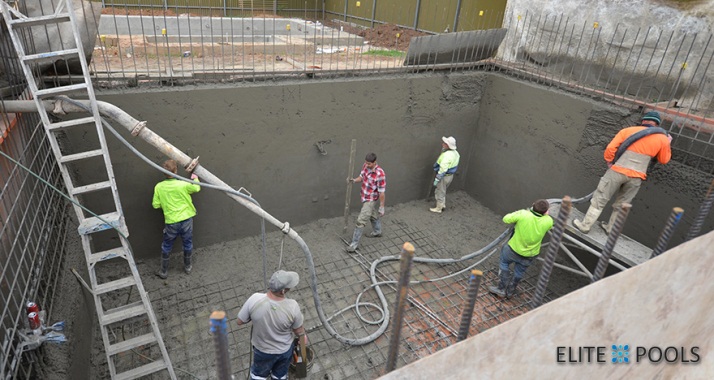
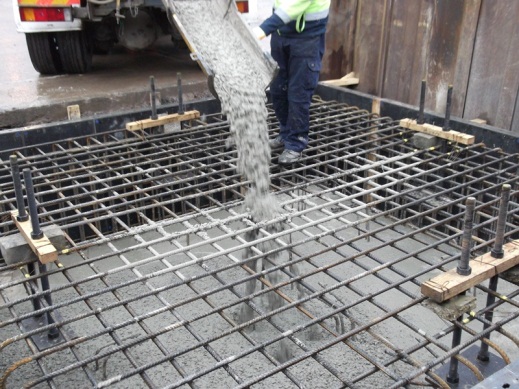
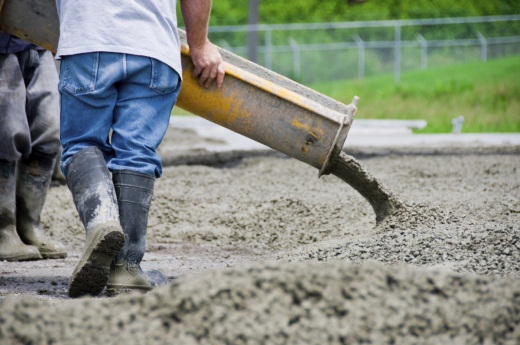
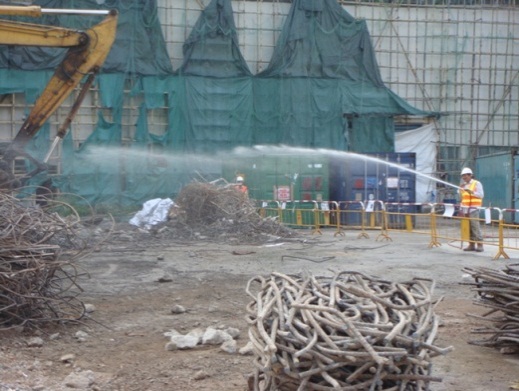
Cooling towers use evaporative cooling system for controlling process heat. Proper water treatment program is essential for safe operation and life extension of equipment. For an efficient operation of a cooling tower, generally three main factors need to be controlled
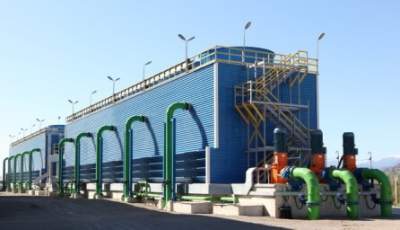
- Corrosion
- Scale Formation
- Biological Fouling
Calcium hardness
Chemical oxygen demand (COD)
Chlorides
Conductivity
Iron
Legionella
Chemical oxygen demand (COD)
Chlorides
Conductivity
Iron
Legionella
Oxidation-reduction potential (ORP)
pH
Reactive silica
Sulphates
Sulphides
Total alkalinity
pH
Reactive silica
Sulphates
Sulphides
Total alkalinity
Total dissolved solids
Total hardness
Total plate count
Total suspended solids
Turbidity
Total hardness
Total plate count
Total suspended solids
Turbidity
Sometimes we face problems with usable water. Water appears cloudy or coloured, plumbing starts corroding faster, water has foul smell or tastes odd, clothes washing starts giving stains or the soap does not foam much. It is the time we must get water checked. More importantly, when the health related problems, especially gastrointestinal illness, are visible, we need to rush water for testing. Here are a few important tests that Polytest Laboratories offer serving all the practical purposes.

Aluminium
Ammonical nitrogen
Arsenic
Barium
Boron
Cadmium
Calcium
Chlorides
Colour
Detergents
E.coli
Fluorides
Free residual chlorine
Ammonical nitrogen
Arsenic
Barium
Boron
Cadmium
Calcium
Chlorides
Colour
Detergents
E.coli
Fluorides
Free residual chlorine
Iron
Lead
Magnesium
Manganese
Mercury
Mineral oil
Molybdenum
Nickel
Nitrates
Odour (generic)
Pesticides
pH
Phenolic compounds
Lead
Magnesium
Manganese
Mercury
Mineral oil
Molybdenum
Nickel
Nitrates
Odour (generic)
Pesticides
pH
Phenolic compounds
Polychlorinated biphenyls (PCBs)
Polynuclear aromatic hydrocarbons (PAHs)
Selenium
Silver
Sulphates
Sulphides
Total alkalinity
Total chromium
Total coliform
Total dissolved solids
Total hardness
Turbidity
Zinc
Polynuclear aromatic hydrocarbons (PAHs)
Selenium
Silver
Sulphates
Sulphides
Total alkalinity
Total chromium
Total coliform
Total dissolved solids
Total hardness
Turbidity
Zinc
The quality of dialysis fluids is too often a neglected problem at many renal healthcare centers. Every week, haemodialysis patients are exposed to about 400 lit water for the production of dialysis fluids which come into direct contact with the bloodstream. It is, therefore, clearly vital to monitor the chemical and microbiological purity of dialysis water. Not only the final dialysis water quality but also the quality of water at various stages of purification system needs to be monitored. As there is always a risk of chemical contamination due to primary pollution of municipal water, whereas the problem of microbiological contamination lies across the stages of entire treatment, distribution and point of use.
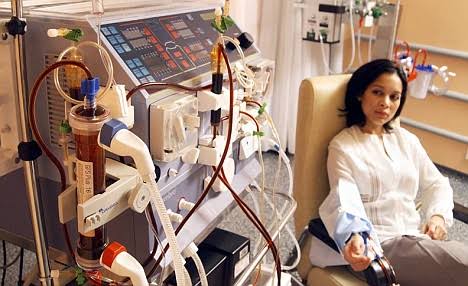
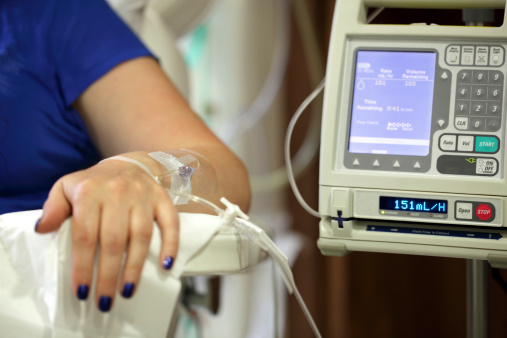

Aluminium
Arsenic
Barium
Cadmium
Calcium
Copper
E.coli
Fluorides
Lead
Arsenic
Barium
Cadmium
Calcium
Copper
E.coli
Fluorides
Lead
Magnesium
Manganese
Mercury
Nitrates
Potassium
Residual chlorine
Selenium
Silver
Sodium
Manganese
Mercury
Nitrates
Potassium
Residual chlorine
Selenium
Silver
Sodium
Standard plate count
Sulphates
Total chromium
Total coliform
Total dissolved solids
Total hardness
Zinc
Sulphates
Total chromium
Total coliform
Total dissolved solids
Total hardness
Zinc



Calcium
Carbonate hardness
Chlorides
Copper
Fluorides
Carbonate hardness
Chlorides
Copper
Fluorides
Iron
Langelier saturation index (LSI)
Magnesium
Nitrates
Non-carbonate hardness
Langelier saturation index (LSI)
Magnesium
Nitrates
Non-carbonate hardness
Oxidation-reduction potential (ORP)
pH
Ryznar stability index (RSI)
Sulphates
Total dissolved solids
pH
Ryznar stability index (RSI)
Sulphates
Total dissolved solids
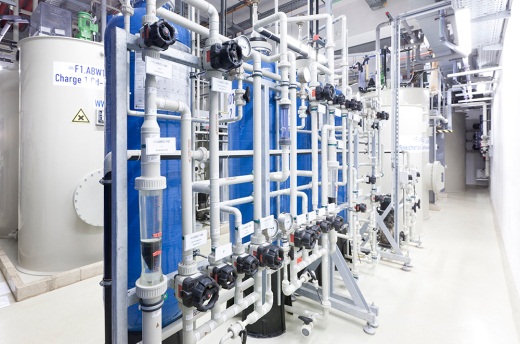
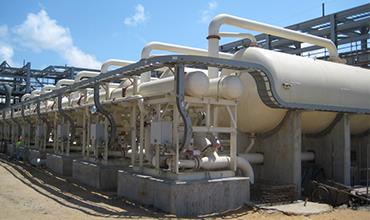
Packaged drinking water is treated and disinfected water through various treatment and disinfection processes using water from any source. This water is commonly available in jars, bottles and pouches and is sold in retail.
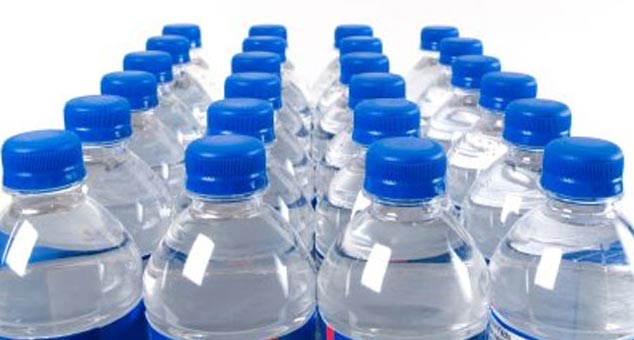
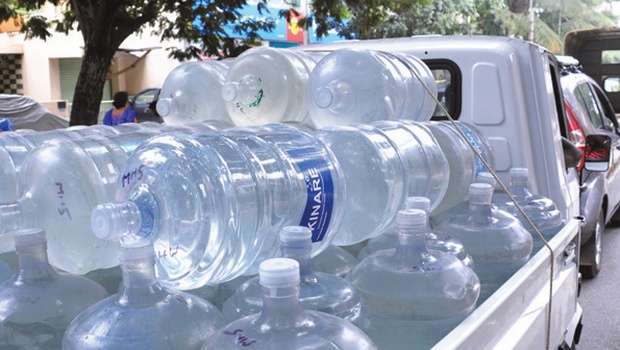
General parameters
Alkalinity
Aluminium
Anionic surface active agents
Barium
Boron
Calcium
Chlorides
Copper
Fluorides
Free residual chlorine
Iron
Magnesium
Manganese
Mineral oil
Nitrates
Nitrites
Phenolic compounds
Selenium
Sodium
Alkalinity
Aluminium
Anionic surface active agents
Barium
Boron
Calcium
Chlorides
Copper
Fluorides
Free residual chlorine
Iron
Magnesium
Manganese
Mineral oil
Nitrates
Nitrites
Phenolic compounds
Selenium
Sodium
Sulphates
Sulphides
Zinc
Organoleptic & physical parameters
Organoleptic & physical parameters
Colour
Total dissolved solids
Turbidity
Toxic substances
Arsenic
Cadmium
Cyanide
Lead
Mercury
Pesticides
Polychlorinated biphenyls (PCBs)
Sulphides
Zinc
Organoleptic & physical parameters
Organoleptic & physical parameters
Colour
Total dissolved solids
Turbidity
Toxic substances
Arsenic
Cadmium
Cyanide
Lead
Mercury
Pesticides
Polychlorinated biphenyls (PCBs)
Polynuclear aromatic hydrocarbons (PAHs)
Total chromium
Microbiological paramters
E.coli
Faecal streptococci
Pseudomonas aeruginosa
Salmonella
Shigella
Staphylococcus aureus
Sulphite reducing anaerobes
Total coliform
Total viable count
Vibrio cholera
Vibrio parahaemolyticus
Yeast
Total chromium
Microbiological paramters
E.coli
Faecal streptococci
Pseudomonas aeruginosa
Salmonella
Shigella
Staphylococcus aureus
Sulphite reducing anaerobes
Total coliform
Total viable count
Vibrio cholera
Vibrio parahaemolyticus
Yeast


Water obtained (and packed at natural site) directly from natural source containing natural composition of mineral salts in relative proportions and presence of trace elements. This water is obtained directly from underground sources protected from pollution risks. It is not subjected to any treatment except for mentioned in BIS standards and is packaged close to its emergence of source. BIS standard specifies the composition and levels of minerals, microbiology, organoleptic & physical requirements, toxic, radioactive substances and pesticides. This is a premium quality off the shelf water available in the market.
General Parameters
Alkalinity
Anionic surface active agents
Barium
Boron
Calcium
Chlorides
Copper
Fluorides
Magnesium
Manganese
Mineral oil
Nitrates
Nitrites
Nitrites
Phenolic compounds
Selenium
Sodium
Sulphates
Sulphides
Zinc
Alkalinity
Anionic surface active agents
Barium
Boron
Calcium
Chlorides
Copper
Fluorides
Magnesium
Manganese
Mineral oil
Nitrates
Nitrites
Nitrites
Phenolic compounds
Selenium
Sodium
Sulphates
Sulphides
Zinc
Organoleptic and physical parameters
Colour
Odour (generic)
pH
Total dissolved solids
Turbidity
Colour
Odour (generic)
pH
Total dissolved solids
Turbidity
Toxic substances
Arsenic
Cadmium
Cyanide
Lead
Mercury Pesticides
Polychlorinated biphenyls (PCBs)
Polynuclear aromatic hydrocarbons (PAHs)
Total chromium
Arsenic
Cadmium
Cyanide
Lead
Mercury Pesticides
Polychlorinated biphenyls (PCBs)
Polynuclear aromatic hydrocarbons (PAHs)
Total chromium
Microbiological parameters
E.coli
Faecal streptococci
Mould
Pseudomonas aeruginosa Salmonella
Shigella
Staphylococcus aureus
Sulphite reducing anaerobes
Total coliform Vibrio cholera
Vibrio parahaemolyticus
Yeast
E.coli
Faecal streptococci
Mould
Pseudomonas aeruginosa Salmonella
Shigella
Staphylococcus aureus
Sulphite reducing anaerobes
Total coliform Vibrio cholera
Vibrio parahaemolyticus
Yeast
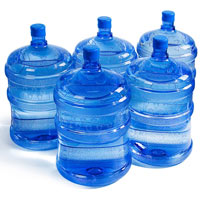

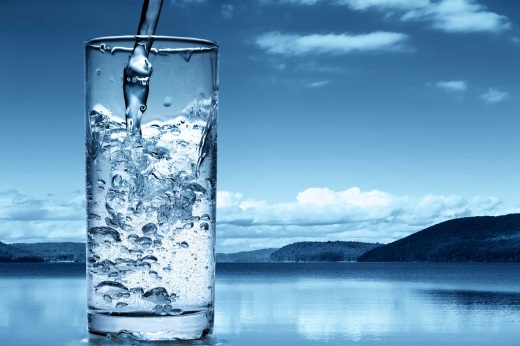

Water recycling is a key to the sustainable future. It indirectly conserves drinking water used for non-critical applications. Recycled water is effectively used for non-potable purposes, most commonly for agriculture, landscape, parks, industrial cooling and process water, toilet flushing, dust suppression, construction activities, concrete mixing and recharging of artificial lakes.
Wastewater recycling pays as it addresses two problems simultaneously:
ONE: Treatment for compliance and arresting the environmental pollution; and
TWO: utilization of same after purification for a lot many gainful applications saving freshwater costs.
Typical tests for recycled wastewater are those required for statutory compliance with a few additional ones to ensure enhanced quality for recycling purpose.
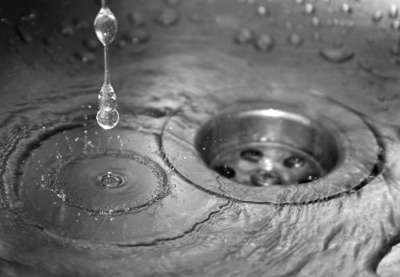

Wastewater recycling pays as it addresses two problems simultaneously:
ONE: Treatment for compliance and arresting the environmental pollution; and
TWO: utilization of same after purification for a lot many gainful applications saving freshwater costs.
Typical tests for recycled wastewater are those required for statutory compliance with a few additional ones to ensure enhanced quality for recycling purpose.
Ammonical nitrogen
Arsenic
Biochemical oxygen demand (BOD)
Boron
Cadmium
Chemical oxygen demand (COD)
Chlorides
Copper
Cyanide
Arsenic
Biochemical oxygen demand (BOD)
Boron
Cadmium
Chemical oxygen demand (COD)
Chlorides
Copper
Cyanide
Fluorides
Fluorides
Lead
Mercury
Nickel
Percent sodium
Pesticides
pH
Phenolic compounds
Fluorides
Lead
Mercury
Nickel
Percent sodium
Pesticides
pH
Phenolic compounds
Selenium
Sulphates
Sulphides
Temperature
Total chromium
Total dissolved solids
Total kjeldahl nitrogen (TKN)
Total oil & grease
Total residual chlorine
Total suspended solids
Zinc
Sulphates
Sulphides
Temperature
Total chromium
Total dissolved solids
Total kjeldahl nitrogen (TKN)
Total oil & grease
Total residual chlorine
Total suspended solids
Zinc


The majority of drinking water at home is derived from various filters and purifiers. Most of the high end purifiers being RO type, the question arises is: Is the purifier removing microorganisms and harmful contaminants? The identification of problem starts with thoroughly testing of RO water. Also RO systems are extensively used in industries for their need of high grade water. Here are some parameters which can be tested for establishing the quality of process water.
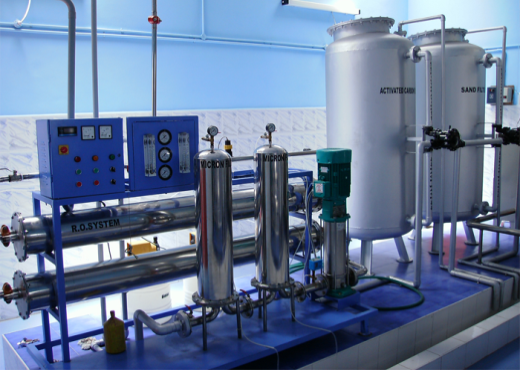
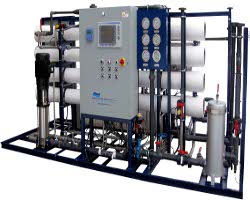
Aluminium
Arsenic
Barium
Cadmium
Calcium Copper
E.coli
Fluorides
Lead
Arsenic
Barium
Cadmium
Calcium Copper
E.coli
Fluorides
Lead
Magnesium
Manganese
Mercury
Nitrates
Potassium
Residual chlorine
Selenium
Silt density index (SDI)
Silver
Manganese
Mercury
Nitrates
Potassium
Residual chlorine
Selenium
Silt density index (SDI)
Silver
Sodium
Standard plate count
Sulphates
Total chromium
Total coliform
Total dissolved solids
Total hardness
Zinc
Standard plate count
Sulphates
Total chromium
Total coliform
Total dissolved solids
Total hardness
Zinc


Pool water sanitation is utterly important to ensure healthy conditions in swimming pools or similar recreational water bodies. Proper sanitation is needed to maintain the visual clarity of water and to prevent the transmission of infectious waterborne diseases. Contaminants added up swimmers can influence the pool water management.
Typical contaminants that decrease the water quality include microorganisms from infected users and body oils including sweat, cosmetics, suntan lotion, urine, saliva and fecal matter.
Additionally, the complex reactions between disinfectants and water contaminants can produce a mixture of chloramines and other byproducts. Pathogenic contaminants, i.e. microbes pose greatest hazard to the users leading to recreational water illnesses. Typical pathogens are viruses, bacteria, protozoa and fungi. Diarrhea, Cryptosporidiosis and Giardiasis are the most commonly reported illness associated with pathogenic contaminants, while ear, skin rashes and respiratory infections are also common.
Key to a well maintained pool is timely and thorough testing of feed and pool water.
Typical contaminants that decrease the water quality include microorganisms from infected users and body oils including sweat, cosmetics, suntan lotion, urine, saliva and fecal matter.
Additionally, the complex reactions between disinfectants and water contaminants can produce a mixture of chloramines and other byproducts. Pathogenic contaminants, i.e. microbes pose greatest hazard to the users leading to recreational water illnesses. Typical pathogens are viruses, bacteria, protozoa and fungi. Diarrhea, Cryptosporidiosis and Giardiasis are the most commonly reported illness associated with pathogenic contaminants, while ear, skin rashes and respiratory infections are also common.
Key to a well maintained pool is timely and thorough testing of feed and pool water.

Aluminium
Chlorides
Coliform MPN
Colour
Heavy metals Iron
Odour (generic)
Chlorides
Coliform MPN
Colour
Heavy metals Iron
Odour (generic)
Oxidation-reduction potential (ORP)
Oxygen absorbed
pH
Residual chlorine
Standard plate count
Total alkalinity
Total dissolved solids
Turbidity
Oxygen absorbed
pH
Residual chlorine
Standard plate count
Total alkalinity
Total dissolved solids
Turbidity


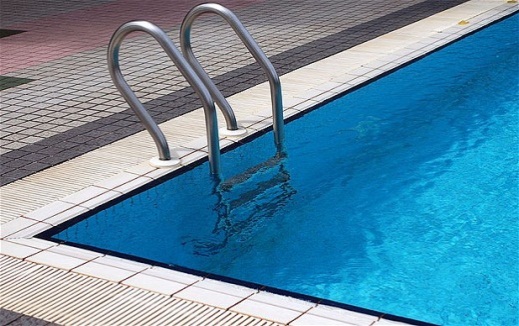
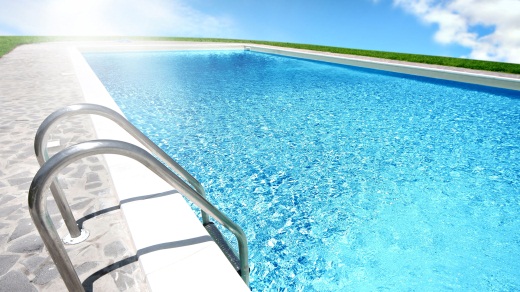
The primary functions of metalworking fluids are to reduce the friction between the tool and the material being cut, to dissipate the heat created and to transport chips and swarf away from the cutting zone. Secondary requirements include corrosion protection for the machine and components, controlling foaming, low evaporation and misting, good skin compatibility, high flash point and high stability, etc.
Here are some parameters that indicate the health of the fluid when tested periodically.
Here are some parameters that indicate the health of the fluid when tested periodically.
Bacterial
Chlorides
Copper strip corrosion
Electrical conductivity
Floating oil
Fungal count
Nitrites
pH
Reserve alkalinity
Total hardness
Chlorides
Copper strip corrosion
Electrical conductivity
Floating oil
Fungal count
Nitrites
pH
Reserve alkalinity
Total hardness
Chlorides
Conductivity
pH
Reactive silica
Standard plate count
Sulphates
Total dissolved solids
Total hardness
Total solids
Conductivity
pH
Reactive silica
Standard plate count
Sulphates
Total dissolved solids
Total hardness
Total solids
Grey Water
Ammonia
Conductivity
Faecal coliforms
Nitrites
pH
Sodium
Sulphates
Total hardness
Total kjeldahl nitrogen (TKN)
Total phosphorus
Total suspended solids
Turbidity
BOD
Ammonia
Conductivity
Faecal coliforms
Nitrites
pH
Sodium
Sulphates
Total hardness
Total kjeldahl nitrogen (TKN)
Total phosphorus
Total suspended solids
Turbidity
BOD
Distilled Water
Conductivity
pH
Reactive silica
Total solids
Colour retention of KMnO4
Nonvolatile residue
Conductivity
pH
Reactive silica
Total solids
Colour retention of KMnO4
Nonvolatile residue
Environmental Quality
Broadly, our environment consists of the air, water, and land that make up the planet, the plants and animals along with all other living beings. We also need to consider the built environment – the environment we create for ourselves – and how it affects our health and comfort and also the wellbeing of the natural environment; natural resources; and the aesthetics. All of these need to be considered when we examine protecting environmental quality interrelated with pollution levels and human exposures.
To ensure that a boiler runs properly over its lifetime, treating the water that circulates within the system is important. In absence of desired quality of boiler water and feed water, boiler's useful life will be significantly shortened. Resulting from untreated water, the boiler overheats and fails to produce hot water or steam in requisite quantity and results in overall loss of efficiency.
For an effective water treatment programme, one needs to check the boiler water quality from time to time from an outside lab.
For an effective water treatment programme, one needs to check the boiler water quality from time to time from an outside lab.
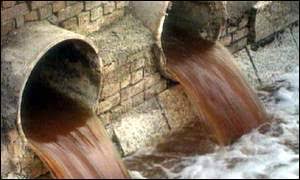
General &
Non-metallic parameters
Acid insoluble matter
Carbonate hardness
Chlorides
Combined residual chlorine
Fixed dissolved solids
Fixed residue
Free carbon dioxide Free residual chlorine
Inorganic solids
Mixed liquor suspended solids (MLSS)
Mixed liquor volatile suspended solids (MLVSS)
Nitrites
Non-carbonate hardness
Oxygen absorbed
Percent sodium pH
Residual chlorine
Residue on evaporation
Resistivity
Specific conductance
Sulphates
Sulphides
Sulphites Total acidity
Total alkalinity
Total dissolved solids
Total fixed solids
Alkalinity to methyl orange
Alkalinity to phenolphthalein
pH
Carbonates Hydroxides
Magnesium hardness
Permanent hardness
Phosphates
Suspended iron
Temporary hardness
Non-metallic parameters
Acid insoluble matter
Carbonate hardness
Chlorides
Combined residual chlorine
Fixed dissolved solids
Fixed residue
Free carbon dioxide Free residual chlorine
Inorganic solids
Mixed liquor suspended solids (MLSS)
Mixed liquor volatile suspended solids (MLVSS)
Nitrites
Non-carbonate hardness
Oxygen absorbed
Percent sodium pH
Residual chlorine
Residue on evaporation
Resistivity
Specific conductance
Sulphates
Sulphides
Sulphites Total acidity
Total alkalinity
Total dissolved solids
Total fixed solids
Alkalinity to methyl orange
Alkalinity to phenolphthalein
pH
Carbonates Hydroxides
Magnesium hardness
Permanent hardness
Phosphates
Suspended iron
Temporary hardness
Organics and trace organics
Anionic surface active agents Biochemical oxygen demand (BOD)
Chemical oxygen demand (COD)
Detergents
Emulsified oil & grease
Floatable oil & grease
Floating matter
Nonbiodegradable COD
Organic nitrogen Organic solids
Pesticides
Phenolic compounds
Polychlorinated biphenyls (PCBs)
Polynuclear aromatic hydrocarbons (PAHs)
Readily biodegradable COD
Soluble BOD
Soluble COD
Total oil & grease
Volatile fatty acids
Volatile residue
Volatile suspended solids
Anionic surface active agents Biochemical oxygen demand (BOD)
Chemical oxygen demand (COD)
Detergents
Emulsified oil & grease
Floatable oil & grease
Floating matter
Nonbiodegradable COD
Organic nitrogen Organic solids
Pesticides
Phenolic compounds
Polychlorinated biphenyls (PCBs)
Polynuclear aromatic hydrocarbons (PAHs)
Readily biodegradable COD
Soluble BOD
Soluble COD
Total oil & grease
Volatile fatty acids
Volatile residue
Volatile suspended solids
Physical tests
Colour
Density
Fixed & volatile solids
Flocculation test (jar test)
Odour (generic)
pH
Physical appearance
Salinity
Settleable solids
Silt density index (SDI)
Sludge volume index (SVI)
Temperature
Total dissolved solids
Total solids
Total suspended solids
Turbidity
Velocity and discharge quantity of stream
Colour
Density
Fixed & volatile solids
Flocculation test (jar test)
Odour (generic)
pH
Physical appearance
Salinity
Settleable solids
Silt density index (SDI)
Sludge volume index (SVI)
Temperature
Total dissolved solids
Total solids
Total suspended solids
Turbidity
Velocity and discharge quantity of stream
Trace metals
Aluminium
Antimony
Arsenic
Barium
Boron
Cadmium
Calcium
Copper
Heavy metals
Hexavalent chromium
Iron
Lead
Magnesium
Manganese
Mercury
Nickel
Potassium
Selenium
Silver
Sodium
Sodium adsorption ratio (SAR)
Strontium
Tin
Total chromium
Vanadium
Zinc
Toxicological tests
Bioassay on fish
Toxicity factor
Aluminium
Antimony
Arsenic
Barium
Boron
Cadmium
Calcium
Copper
Heavy metals
Hexavalent chromium
Iron
Lead
Magnesium
Manganese
Mercury
Nickel
Potassium
Selenium
Silver
Sodium
Sodium adsorption ratio (SAR)
Strontium
Tin
Total chromium
Vanadium
Zinc
Toxicological tests
Bioassay on fish
Toxicity factor
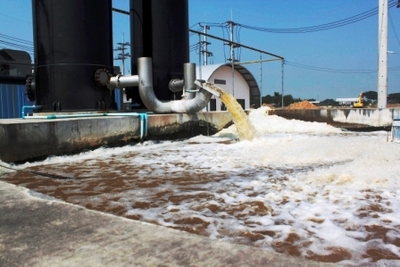
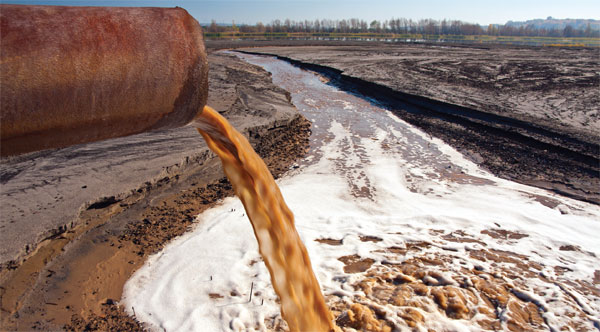
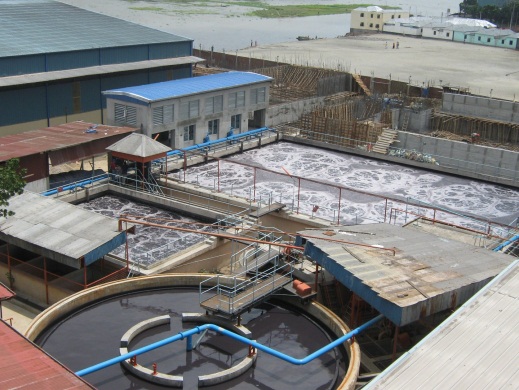
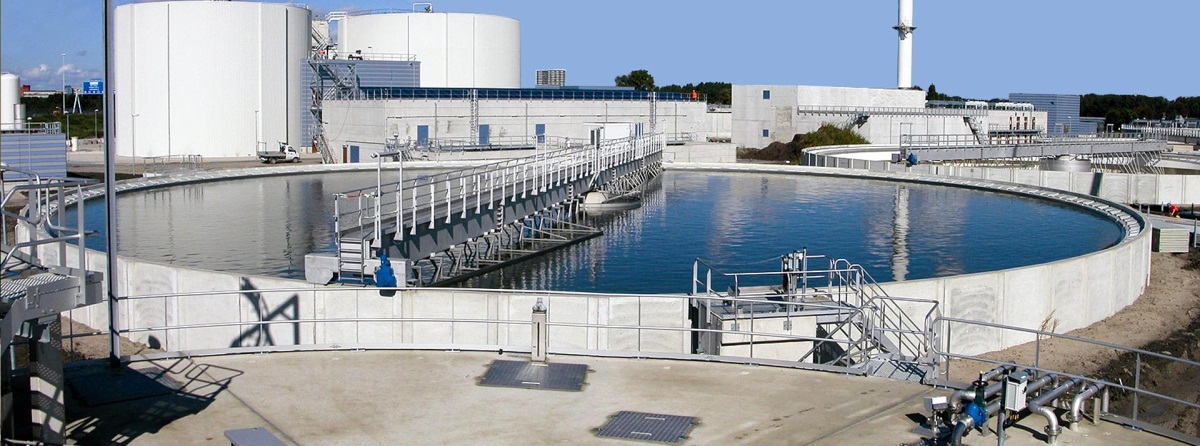
IEQ refers to the quality of a building’s environment in relation to the health and wellbeing of people occupying it. IEQ is determined by many factors and contaminants impacting health conditions of the building occupants often leading to a sick building syndrome.
Various respiratory symptoms and illnesses can be associated with sick building characteristics, including dampness, cleanliness, and ventilation characteristics. Indoor environments are highly complex and building occupants may be exposed to a variety of contaminants such as various gases and particulates emanating from office machines, cleaning products, construction activities, carpets and furnishings, perfumes, cigarette smoke, water-damaged building materials, microbial growth (fungal, mold, and bacterial), insects, outdoor pollutants and many other factors. Understanding the sources of indoor environmental contaminants and controlling them can often help prevent or resolve building-related worker symptoms.



Various respiratory symptoms and illnesses can be associated with sick building characteristics, including dampness, cleanliness, and ventilation characteristics. Indoor environments are highly complex and building occupants may be exposed to a variety of contaminants such as various gases and particulates emanating from office machines, cleaning products, construction activities, carpets and furnishings, perfumes, cigarette smoke, water-damaged building materials, microbial growth (fungal, mold, and bacterial), insects, outdoor pollutants and many other factors. Understanding the sources of indoor environmental contaminants and controlling them can often help prevent or resolve building-related worker symptoms.
Ammonia
Carbon dioxide
Carbon monoxide
Formaldehyde
Hydrogen sulphide
Nitrogen dioxide
Carbon dioxide
Carbon monoxide
Formaldehyde
Hydrogen sulphide
Nitrogen dioxide
Ozone
Particulates - PM10/ PM2.5
Relative humidity
Temperature
Volatile organic compounds (benzene, toluene, xylene)
Particulates - PM10/ PM2.5
Relative humidity
Temperature
Volatile organic compounds (benzene, toluene, xylene)



Micrometeorological parameters play important role for prediction of the pollution dispersion modeling within the surface boundary layer. It also helps form baseline of ambient parameters through various seasons in establishing industrial activity.
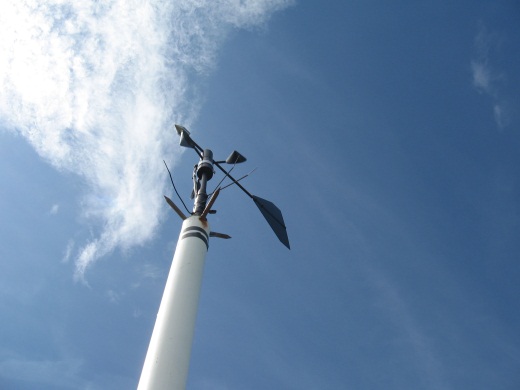
Rainfall
Relative humidity
Temperature
Wind direction
Wind speed
Relative humidity
Temperature
Wind direction
Wind speed

Municipal solid waste (MSW) is a heterogeneous refuse from households, non-hazardous solid waste from industrial, commercial and institutional establishments, market waste, yard waste and road sweepings. It poses a great health and environmental hazard and needs to be scientifically managed in terms of collection, transfer, treatment and disposal.
Effective MSW Management depends upon an appropriate distribution of responsibilities among many stakeholders including local self-government. Like all the waste management strategies, MSW also first needs to be fully characterized over all the seasons and localities.
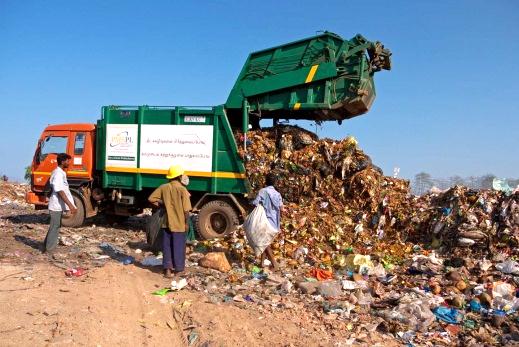
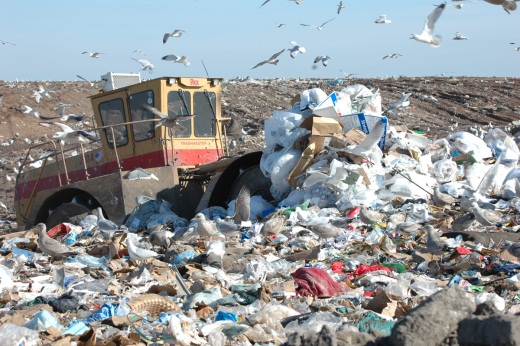
Effective MSW Management depends upon an appropriate distribution of responsibilities among many stakeholders including local self-government. Like all the waste management strategies, MSW also first needs to be fully characterized over all the seasons and localities.
Arsenic
Ash content
Cadmium
Carbon nitrogen ratio
Chlorides
Copper
Electrical conductivity
Gross calorific value
Iron
Ash content
Cadmium
Carbon nitrogen ratio
Chlorides
Copper
Electrical conductivity
Gross calorific value
Iron
Lead
Mercury
Moisture Content
Nickel
pH
Phosphorus
Physical characterization
Potassium
Mercury
Moisture Content
Nickel
pH
Phosphorus
Physical characterization
Potassium
Selenium
Sulphur content
Total chromium
Total nitrogen
Total organic carbon
Volatile matter
Water soluble solids
Zinc
Sulphur content
Total chromium
Total nitrogen
Total organic carbon
Volatile matter
Water soluble solids
Zinc


Noise level measurement is the most important part of a workplace monitoring. Constant exposure to high levels of noise can adversely impact hearing and creates many nervous disorders. Polytest Laboratories helps identify noisy hotspots, measures noise levels and provides easy to understand reports.
Noise level monitoring
Noise level monitoring
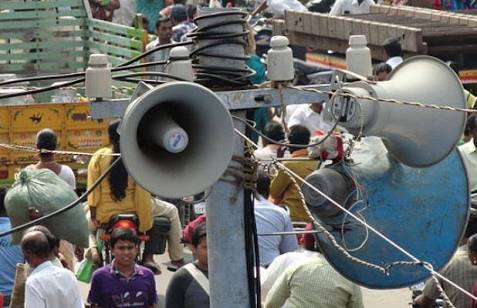

All forms of life rely on an active hydrosphere and human beings are particularly interested in the fresh water hydrosphere as the rivers are of immense importance geologically, biologically, historically and culturally. Water quality monitoring is one of the first steps required in the rational development and management of water resources to maintain their wholesomeness and pristine.
In the field of water quality management, there has been a steady evolution in procedures for designing system for the designated best use. The monitoring comprises all activities to obtain information, including water characteristics, with respect to the water system.
It is a fact that the natural water courses are exposed to variety of pollution at various degrees; hence it becomes essential to measure the suspected contaminants for their management.
In the field of water quality management, there has been a steady evolution in procedures for designing system for the designated best use. The monitoring comprises all activities to obtain information, including water characteristics, with respect to the water system.
It is a fact that the natural water courses are exposed to variety of pollution at various degrees; hence it becomes essential to measure the suspected contaminants for their management.
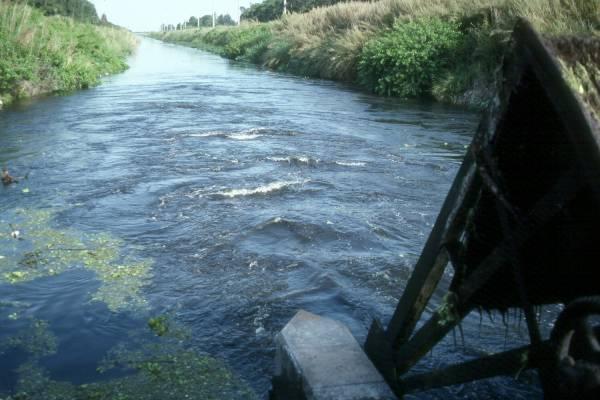
Ammonia
Barium
Bicarbonates
Biochemical oxygen demand (BOD)
Boron
Calcium
Chemical oxygen demand (COD)
Chlorides
Colour
Conductivity
Dissolved oxygen (DO)
Barium
Bicarbonates
Biochemical oxygen demand (BOD)
Boron
Calcium
Chemical oxygen demand (COD)
Chlorides
Colour
Conductivity
Dissolved oxygen (DO)
E.coli
Faecal coliforms
Fluorides
Heavy metals
Iron
Magnesium
Manganese
Nitrates
pH
Potassium
Reactive silica
Sodium
Sulphates
Temperature
Total coliform
Total dissolved solids
Total hardness
Total nitrogen
Total oil & grease
Total phosphorus
Total suspended solids
Turbidity
Reactive silica
Sodium
Sulphates
Temperature
Total coliform
Total dissolved solids
Total hardness
Total nitrogen
Total oil & grease
Total phosphorus
Total suspended solids
Turbidity
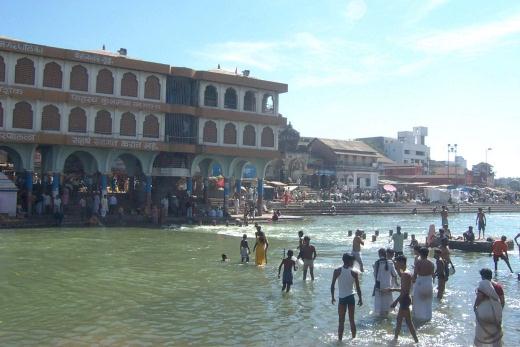
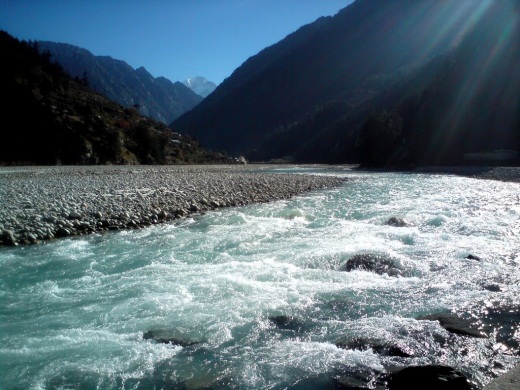
Sewage and sullage are generated from household activities and other domestic usage of water. As sullage weak wastewater and is generated from non-toilet usage of water, such as bath or handwash, it still contains microbial and organic, inorganic pollutants. Therefore, both type wastewaters need to be tested for their respective treatment approaches and generally following parameters can give their characteristics.
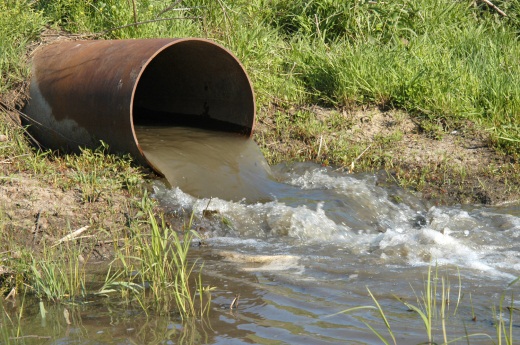
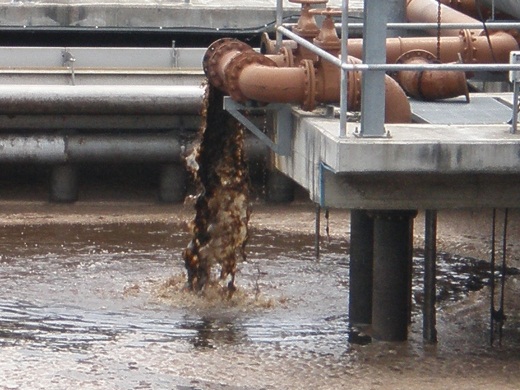
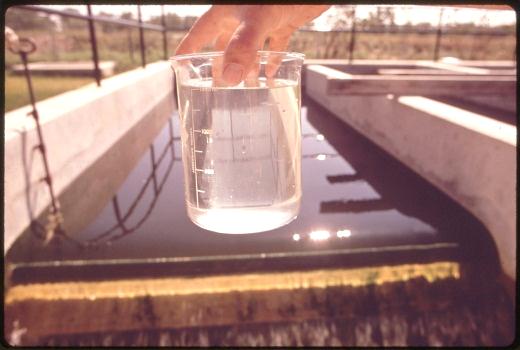
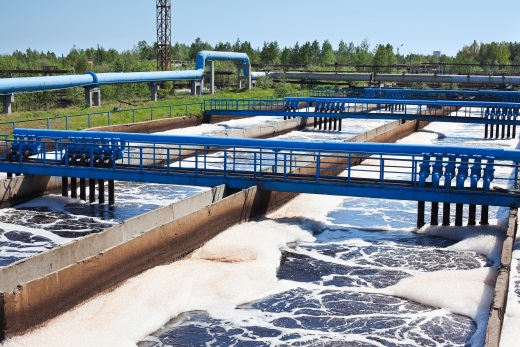
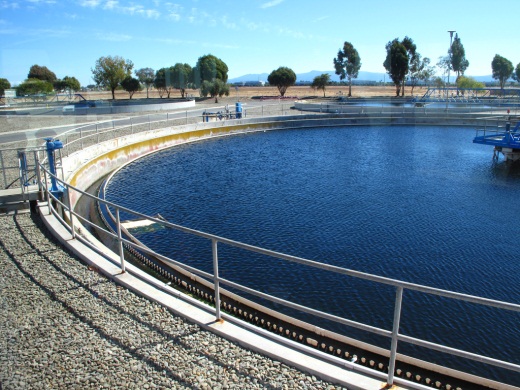
Biochemical oxygen demand (BOD)
Chemical oxygen demand (COD)
Chlorides
Faecal coliforms
Heavy metals
pH
Sulphates
Total dissolved solids
Total oil & grease
Total suspended solids
Available nitrogen
Bromide
Bulk density
Chlorides
Chlorine demand
Colour
Chemical oxygen demand (COD)
Chlorides
Faecal coliforms
Heavy metals
pH
Sulphates
Total dissolved solids
Total oil & grease
Total suspended solids
Available nitrogen
Bromide
Bulk density
Chlorides
Chlorine demand
Colour
Conductivity
Corrosivity
Cyanide
Electrical conductivity
Fluorides
Free carbon dioxide
Free residual chlorine
Gross calorific value
Ignibility/ flash point
Inorganic matter
Loss on drying
Loss on ignition
Moisture Content
Nitrate nitrogen
Nitrates
Nitrite nitrogen
Nitrites
Organic carbon/matter
Corrosivity
Cyanide
Electrical conductivity
Fluorides
Free carbon dioxide
Free residual chlorine
Gross calorific value
Ignibility/ flash point
Inorganic matter
Loss on drying
Loss on ignition
Moisture Content
Nitrate nitrogen
Nitrates
Nitrite nitrogen
Nitrites
Organic carbon/matter
Particle size distribution by weight fraction
Pesticides
pH
Phosphate ortho/ total
Phosphorus
Polynuclear aromatic hydrocarbons (PAHs)
Reactive silica
Sodium adsorption ratio (SAR)
Sulphates
Sulphites
Sulphur content
Total hardness
Total kjeldahl nitrogen (TKN)
Total solids
Total water soluble salt
Volatile solids
Phosphates
Pesticides
pH
Phosphate ortho/ total
Phosphorus
Polynuclear aromatic hydrocarbons (PAHs)
Reactive silica
Sodium adsorption ratio (SAR)
Sulphates
Sulphites
Sulphur content
Total hardness
Total kjeldahl nitrogen (TKN)
Total solids
Total water soluble salt
Volatile solids
Phosphates





Intensity of light


Total air flow
Air changes

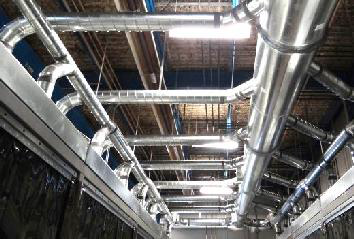
Air changes


Biological parameters
Algae
Chlorophyll
Palmer's/ Nygaard’s pollution index
Planktonic identification/ count
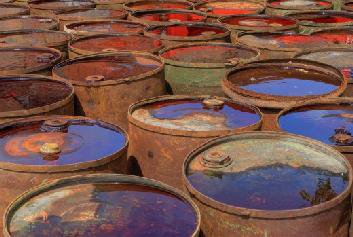
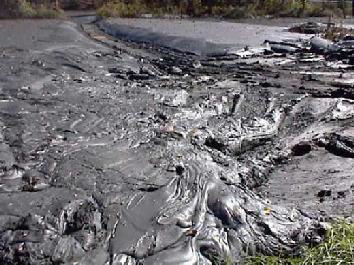
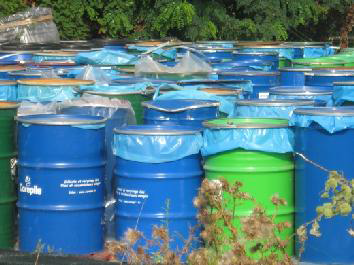
Algae
Chlorophyll
Palmer's/ Nygaard’s pollution index
Planktonic identification/ count



Acidity
Alkalinity
Ammonia
Ammonical nitrogen
Ash content
Alkalinity
Ammonia
Ammonical nitrogen
Ash content
Cadmium
Calcium
Copper
Heavy metals
Lead
Magnesium
Calcium
Copper
Heavy metals
Lead
Magnesium
Mercury
Nickel
Potassium
Sodium
Total chromium
Zinc
Nickel
Potassium
Sodium
Total chromium
Zinc
Arsenic
Ash content
Cadmium
Density
Dirt/sediments by mf
Flash point (COC)
Gross calorific value
Ash content
Cadmium
Density
Dirt/sediments by mf
Flash point (COC)
Gross calorific value
Kinematic viscosity
Lead
Nickel
Polychlorinated biphenyls (PCBs)
Pour point
Sediments
Specific gravity
Lead
Nickel
Polychlorinated biphenyls (PCBs)
Pour point
Sediments
Specific gravity
Sulphur content
Total acid number (TAN)
Water content
Wear metals
Polyaromatic hydrocarbons (PAH)
Chromium
Total acid number (TAN)
Water content
Wear metals
Polyaromatic hydrocarbons (PAH)
Chromium
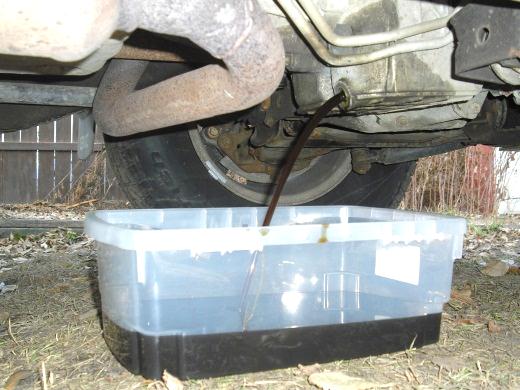
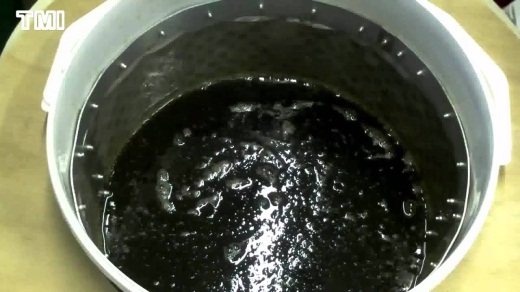
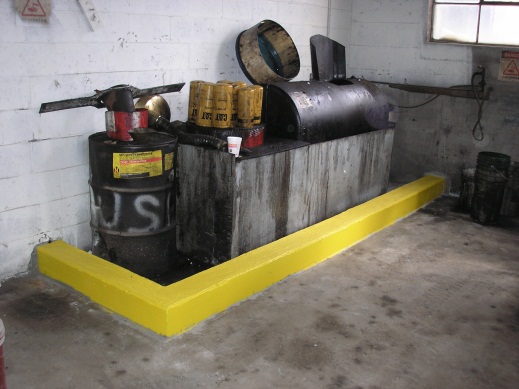
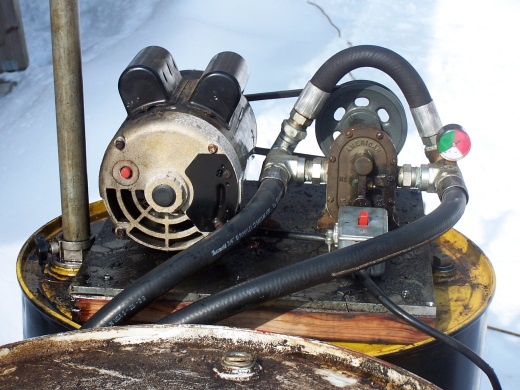
Clean air is considered to be a basic requirement of human health and well-being. However, as air pollution continues to pose a significant threat to health worldwide, a significant urban population is exposed to the burden of disease due to air pollution. Legislative framework has long been established for the Air quality standards, both ambient air and for workplace, which need to be maintained by the respective stakeholders.
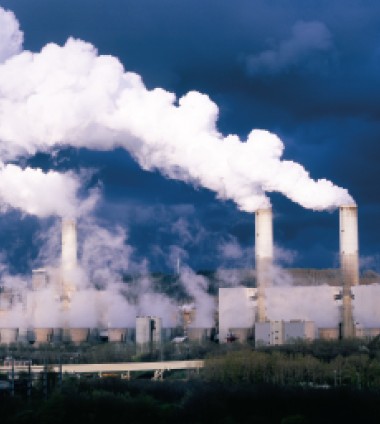
Ambient / workzone
Ammonia
Arsenic
Benzene
Benzo(a)pyrene (as BaP) - particulate phase
Carbon dioxide
Carbon monoxide
Chlorine
Lead
Nickel
Nitrogen dioxide
Ammonia
Arsenic
Benzene
Benzo(a)pyrene (as BaP) - particulate phase
Carbon dioxide
Carbon monoxide
Chlorine
Lead
Nickel
Nitrogen dioxide
Oxygen
Ozone
Particulates - PM10/ PM2.5
Respirable suspended particulate (RSPM)
Sulphur dioxide
Suspended particulate matter
Volatile organic compounds (benzene, toluene, xylene)
Vent/ stack
Carbon dioxide
Carbon disulphide
Carbon monoxide
Ozone
Particulates - PM10/ PM2.5
Respirable suspended particulate (RSPM)
Sulphur dioxide
Suspended particulate matter
Volatile organic compounds (benzene, toluene, xylene)
Vent/ stack
Carbon dioxide
Carbon disulphide
Carbon monoxide
Flue gas temperature
Hydrocarbon
Hydrogen sulphide
Nitrogen dioxide
Oxygen
Particulate matter
Sulphur dioxide
Temperature
Velocity & flow
Hydrocarbon
Hydrogen sulphide
Nitrogen dioxide
Oxygen
Particulate matter
Sulphur dioxide
Temperature
Velocity & flow
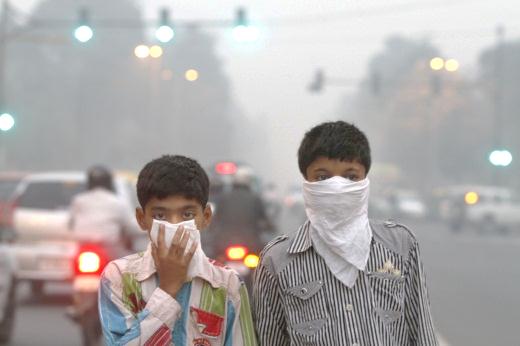
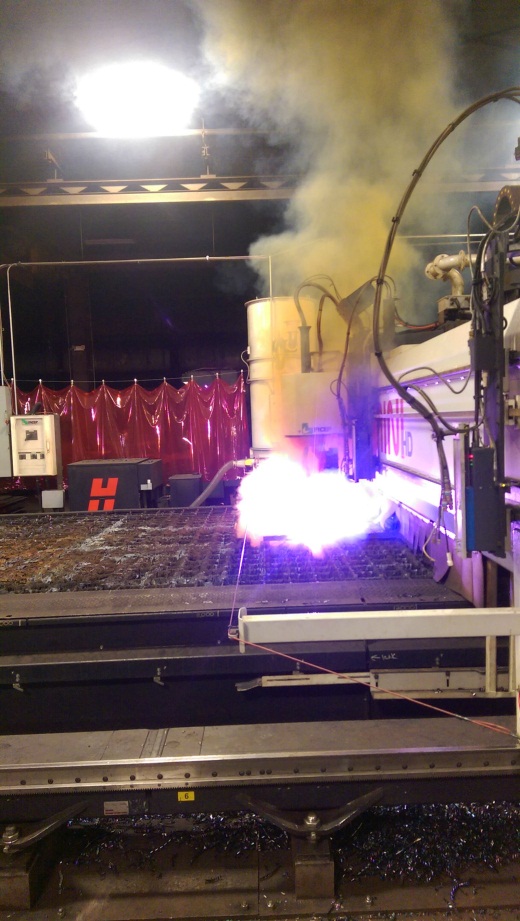
Fuels, Lube oils & industrial fluids
Fuels and lubes are invaluable hydrocarbon derivatives and the drivers of industrial revolution. They are of several types with innumerable applications, each one with distinctive characteristics. To keep the prime movers and machines in top working conditions, characteristics of fuels and lubes must be maintained in healthy working range, and therefore, they need to be tested with definite frequency. The knowledge of the fuel properties helps in selecting the right fuel for the right purpose and efficient use of the fuel.
The following characteristics, determined by laboratory tests, are generally used for assessing the nature and quality of fuels. Industrial fluids are also of organic and inorganic nature or the blend of both designed for various secondary industrial applications such as for metal working, mechanical power transmission or heat transfer.
Carbon residue (Ramsbottom)
Cetane number
Copper strip corrosion
Density
Flash point
Kinematic viscosity
Cetane number
Copper strip corrosion
Density
Flash point
Kinematic viscosity
Oxidation stability
Phosphorus
Ester content
Acid Number
Calcium + Magnesium
Distillation
Phosphorus
Ester content
Acid Number
Calcium + Magnesium
Distillation
Free glycerin
Methanol / Ethanol
Sodium + Potassium
Sulfated Ash
Sulphur
Water and Sediment
Methanol / Ethanol
Sodium + Potassium
Sulfated Ash
Sulphur
Water and Sediment
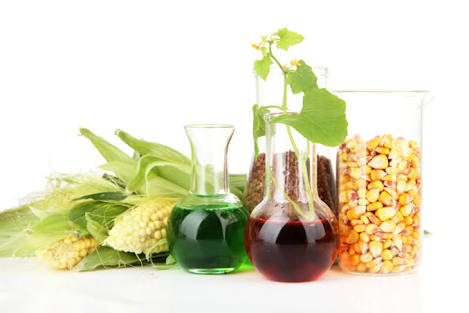
Ash content
Fixed carbon
Gross calorific value
Moisture Content
Total nitrogen
Fixed carbon
Gross calorific value
Moisture Content
Total nitrogen
Total organic carbon
Total phosphorus
Total potassium
Volatile matter
Total phosphorus
Total potassium
Volatile matter
Ash content
Fixed carbon
Gross calorific value
Moisture Content
Volatile matter
Fixed carbon
Gross calorific value
Moisture Content
Volatile matter
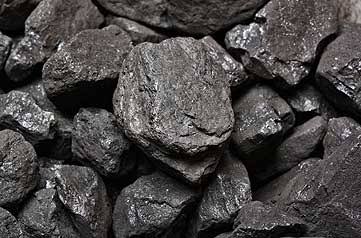
Ash
Flash point (PMCC)
Gross calorific value
Inorganic acidity
Kinematic viscosity
Flash point (PMCC)
Gross calorific value
Inorganic acidity
Kinematic viscosity
Relative density
Sediments
Sulphur content
Water content
Sediments
Sulphur content
Water content
Ash
Carbon residue (Ramsbottom)
Cetane number
Copper strip corrosion
Density
Carbon residue (Ramsbottom)
Cetane number
Copper strip corrosion
Density
Distillation recovery
Flash point (PMCC)
Inorganic acidity
Kinematic viscosity
Polynuclear aromatic hydrocarbons (PAHs)
Flash point (PMCC)
Inorganic acidity
Kinematic viscosity
Polynuclear aromatic hydrocarbons (PAHs)
Pour point
Sediments
Sulphur content
Total acidity
Total sediments
Water content
Sediments
Sulphur content
Total acidity
Total sediments
Water content
Ash
Carbon residue (Ramsbottom)
Copper strip corrosion
Density
Flash point (PMCC)
Inorganic acidity
Carbon residue (Ramsbottom)
Copper strip corrosion
Density
Flash point (PMCC)
Inorganic acidity
Kinematic viscosity
Pour point
Sediments
Total sulphur
Water content
Pour point
Sediments
Total sulphur
Water content
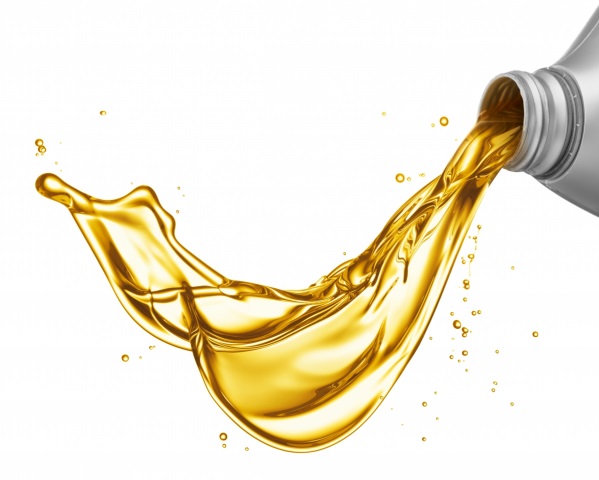
Ash
Flash point (PMCC)
Gross calorific value
Inorganic acidity
Kinematic viscosity
Flash point (PMCC)
Gross calorific value
Inorganic acidity
Kinematic viscosity
Pour point
Relative density
Sediments
Total sulphur
Water content
Relative density
Sediments
Total sulphur
Water content
Arsenic
Cadmium
Kinematic viscosity
Lead
Nickel
Cadmium
Kinematic viscosity
Lead
Nickel
Sediments
Total acid number (TAN)
Water content
Polyaromatic hydrocarbons (PAH)
Chromium
Total acid number (TAN)
Water content
Polyaromatic hydrocarbons (PAH)
Chromium

Biogas
Carbon dioxide
Carbon monoxide
Hydrogen sulphide
Gas volume
Digestate
Carbon dioxide
Carbon monoxide
Hydrogen sulphide
Gas volume
Digestate
protein content
Substrate
Alkalinity
pH
Sulphides
Volatile fatty acids
Redox potential
Substrate
Alkalinity
pH
Sulphides
Volatile fatty acids
Redox potential
Cleanliness, gravimetric
Copper strip corrosion
Density
Emulsion characteristics
Flash point (COC)
Foaming characteristics
Copper strip corrosion
Density
Emulsion characteristics
Flash point (COC)
Foaming characteristics
Inorganic acidity
Kinematic viscosity
Pour point
Total acid number (TAN)
Viscosity index
Kinematic viscosity
Pour point
Total acid number (TAN)
Viscosity index
Calcium
Cleanliness (ISO / NAS)
Flash point (COC)
Foaming characteristics
Kinematic viscosity
Cleanliness (ISO / NAS)
Flash point (COC)
Foaming characteristics
Kinematic viscosity
Magnesium
Sodium
Total acid number (TAN)
Water content
Sodium
Total acid number (TAN)
Water content
Cleanliness, gravimetric
Copper strip corrosion
Density
Emulsion characteristics
Flash point (COC)
Copper strip corrosion
Density
Emulsion characteristics
Flash point (COC)
Foaming characteristics
Inorganic acidity
Kinematic viscosity
Oxidation stability
Pour point
Total acid number (TAN)
Viscosity index
Inorganic acidity
Kinematic viscosity
Oxidation stability
Pour point
Total acid number (TAN)
Viscosity index

Copper strip corrosion
Fire point (COC)
Flash point (COC)
Kinematic viscosity
Pour point
Specific gravity
Total acid number (TAN)
Total base number (TBN)
Viscosity index
Fire point (COC)
Flash point (COC)
Kinematic viscosity
Pour point
Specific gravity
Total acid number (TAN)
Total base number (TBN)
Viscosity index
Machine lubrication is a vital process of any mechanical system. Though reducing friction is a key objective, the other benefits of lubrication are to prevent corrosion, control contamination within systems and cool the fractioning surfaces.
Polytest offers various types of oil analyses such as multiservice engine oil, gear oil and greases.
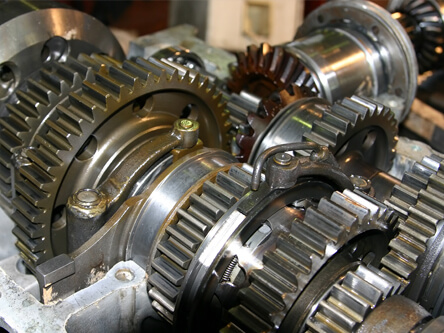
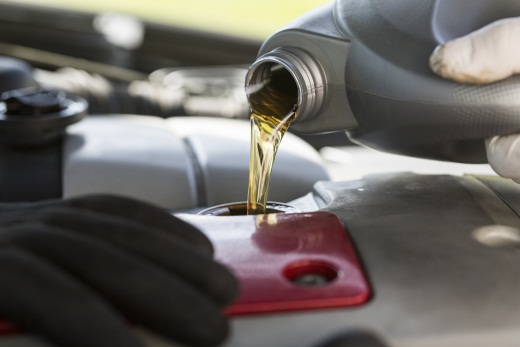
Polytest offers various types of oil analyses such as multiservice engine oil, gear oil and greases.
Turbine oil
Cleanliness, gravimetric
Copper strip corrosion
Density
Emulsion characteristics
Flash point (COC)
Foaming characteristics
Inorganic acidity
Kinematic viscosity
Pour point
Total acid number (TAN)
Viscosity index
FRF
Cleanliness, gravimetric
Copper strip corrosion
Density
Emulsion characteristics
Flash point (COC)
Foaming characteristics
Inorganic acidity
Kinematic viscosity
Pour point
Total acid number (TAN)
Viscosity index
FRF
Particulate contamination
Phosphate ester
Calcium
Cleanliness (ISO / NAS)
Flash point (COC)
Foaming characteristics
Kinematic viscosity
Magnesium
Sodium
Total acid number (TAN)
Water content
General lube oil
Cleanliness, gravimetric
Phosphate ester
Calcium
Cleanliness (ISO / NAS)
Flash point (COC)
Foaming characteristics
Kinematic viscosity
Magnesium
Sodium
Total acid number (TAN)
Water content
General lube oil
Cleanliness, gravimetric
Copper strip corrosion
Density
Emulsion characteristics
Flash point (COC)
Foaming characteristics
Inorganic acidity
Kinematic viscosity
Oxidation stability
Pour point
Total acid number (TAN)
Viscosity index
Density
Emulsion characteristics
Flash point (COC)
Foaming characteristics
Inorganic acidity
Kinematic viscosity
Oxidation stability
Pour point
Total acid number (TAN)
Viscosity index


The primary functions of metalworking fluids are to reduce the friction between the tool and the material being cut, to dissipate the heat created and to transport chips and swarf away from the cutting zone. Secondary requirements include corrosion protection for the machine and components, controlling foaming, low evaporation and misting, good skin compatibility, high flash point and high stability, etc.
Here are some parameters that indicate the health of the fluid when tested periodically.
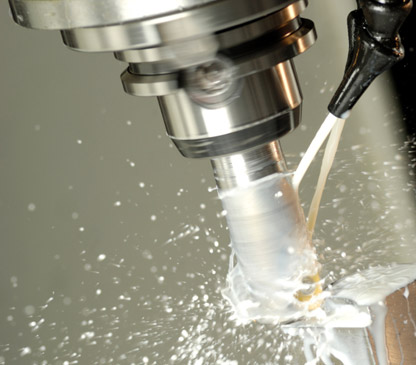
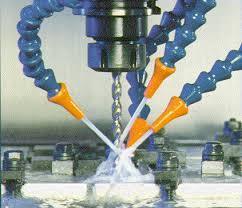
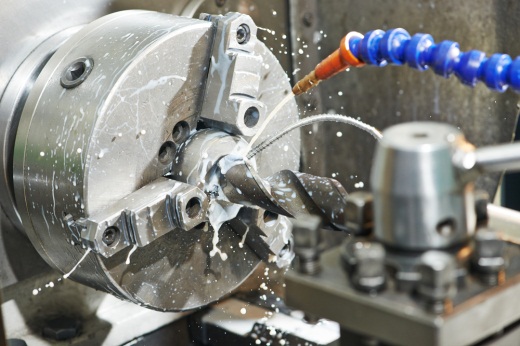
Here are some parameters that indicate the health of the fluid when tested periodically.
Neat fluid
Appearance (generic)
Colour (generic)
Copper strip corrosion
Density
Evaporation losses
Flash point
Foaming characteristics
Appearance (generic)
Colour (generic)
Copper strip corrosion
Density
Evaporation losses
Flash point
Foaming characteristics
Neutralization number
Saponification number
Solid impurities
Viscosity
Water content
Oil based fluids
Acid number (TAN)
API gravity
Saponification number
Solid impurities
Viscosity
Water content
Oil based fluids
Acid number (TAN)
API gravity
Copper strip corrosion
Specific gravity
Viscosity
Water soluble fluids
Bacteria, fungi & mold
pH
Total hardness
Specific gravity
Viscosity
Water soluble fluids
Bacteria, fungi & mold
pH
Total hardness



Acidity, inorganic
Acidity, organic
Ash
Acidity, organic
Ash
Copper strip corrosion
Flash point (COC)
Kinematic viscosity
Flash point (COC)
Kinematic viscosity
Pour point
Viscosity index
Volatility
Viscosity index
Volatility
The function of the oil in transformers is to cool and insulate. Transformer oils are subject to electrical and mechanical stresses while a transformer is in operation. In addition there is contamination caused by chemical interactions with windings and other solid insulation, catalyzed by high operating temperature. The original chemical properties of transformer oil change gradually, rendering it ineffective for its intended purpose after many years. Oil in large transformers and electrical apparatus is periodically tested to make sure it is suitable for further use.
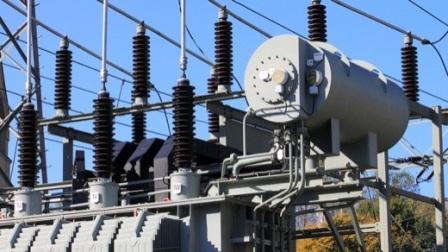
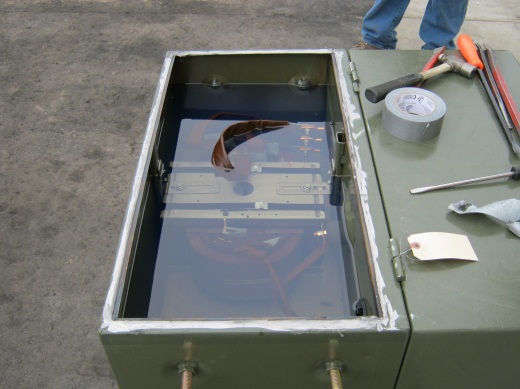
Appearance
Density
Flash point (PMCC)
Inorganic acidity/ alkalinity
Kinematic viscosity
Density
Flash point (PMCC)
Inorganic acidity/ alkalinity
Kinematic viscosity
Oxidation stability
Pour point
Total acidity
Water content
Pour point
Total acidity
Water content


Kinematic viscosity
Water content
Particulate contamination (NAS/ISO)
Water content
Particulate contamination (NAS/ISO)
Appearance
Ash content
Copper strip corrosion
Fire point (COC)
Flash point (COC)
Ash content
Copper strip corrosion
Fire point (COC)
Flash point (COC)
Kinematic viscosity
Pour point
Total acid number (TAN)
Conradson carbon residue (CCR)
Distillation IBP
Pour point
Total acid number (TAN)
Conradson carbon residue (CCR)
Distillation IBP
Food & Beverages
The Indian food and beverage sector is growing rapidly at nearly 24 per cent annually, and is likely to touch Rs 3.8 lakh crore by 2017. It is the unorganized sector that largely dominates market and is in need of expert inputs and ingredients quality testing. A comprehensive FSS Act encompasses various facets of Food industry and aims to establish a single reference point for all matters relating to food safety and standards, including enforcement. Polytest Laboratories offers common food related test parameters as below.
Acid insoluble ash
Alcoholic content
Alkalinity of soluble ash
Alkalinity of water soluble ash
Aqueous extracts
Alcoholic content
Alkalinity of soluble ash
Alkalinity of water soluble ash
Aqueous extracts
Coliform count
Crude fibre
Moisture Content
Solubility
Total acid as tartaric acid
Crude fibre
Moisture Content
Solubility
Total acid as tartaric acid
Total ash
Total plate count
Volatile acid as acetic acid
Water soluble ash
Yeast and mould count
Total plate count
Volatile acid as acetic acid
Water soluble ash
Yeast and mould count


Acidity of extracted fat
Alcoholic acidity
Ash insoluble in dilute HCl
Coliform count
Common salt
Contaminants (metals)
Crude fibre
Crude protein
Damaged grains
E.coli
Extraneous matter
Alcoholic acidity
Ash insoluble in dilute HCl
Coliform count
Common salt
Contaminants (metals)
Crude fibre
Crude protein
Damaged grains
E.coli
Extraneous matter
Faecal streptococci and staphylococcus aureas
Foreign matter/ extraneous matter
Gluten
Insects
Iron
Moisture Content
Nitrogen
Other edible grains
Other food grains
Rodent hair and excreta
Foreign matter/ extraneous matter
Gluten
Insects
Iron
Moisture Content
Nitrogen
Other edible grains
Other food grains
Rodent hair and excreta
Test for dirt, insects, insect fragments and larvae
Test for starch
Total ash
Total bacterial count
Total fat
Weevilled grains
Yeast and mould count
Test for starch
Total ash
Total bacterial count
Total fat
Weevilled grains
Yeast and mould count
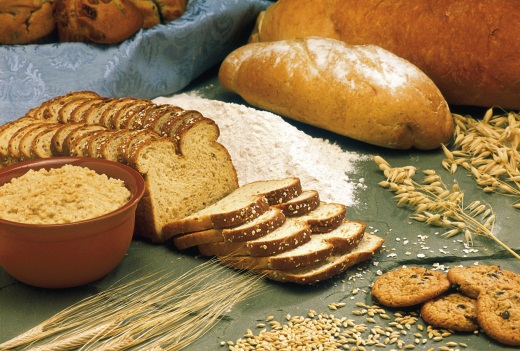
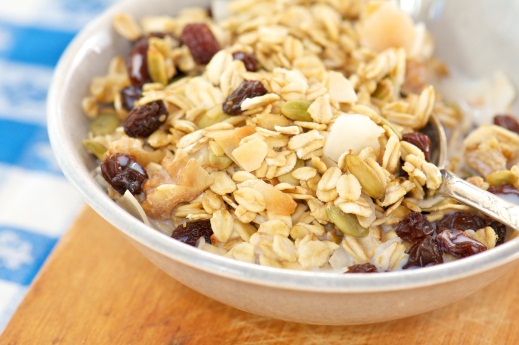
E.coli
Total coliform
Total viable count
Total coliform
Total viable count
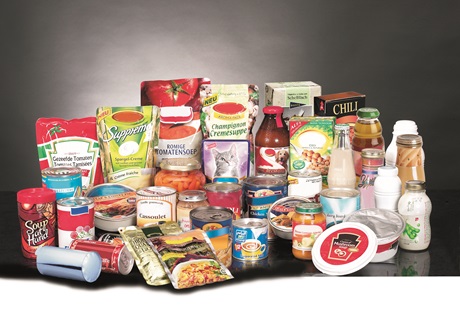


Acidity
Acidity of extracted fat
Ash insoluble in dilute HCl
Blemished/ damaged units
Damaged kernel
Damaged raisins
Damaged/ discoloured units
Drained weight
Acidity of extracted fat
Ash insoluble in dilute HCl
Blemished/ damaged units
Damaged kernel
Damaged raisins
Damaged/ discoloured units
Drained weight
Empty shells
Extraneous matter
Extraneous vegetable matter
Fat content
Moisture Content
Net weight content
pH
Reducing sugar of total sugar
Extraneous matter
Extraneous vegetable matter
Fat content
Moisture Content
Net weight content
pH
Reducing sugar of total sugar
Sodium chloride content in brine
Starch
Sugared raisins
Sulphur dioxide
Total ash
Total soluble solids
Total sugar
Unopened shells
Starch
Sugared raisins
Sulphur dioxide
Total ash
Total soluble solids
Total sugar
Unopened shells


Added glucose
Added urea
Alkaline phosphatase
Ammonium compounds
Ash insoluble in dilute HCl
Baudouin test
Cane sugar
Cellulose
Detection of gelatine
Detection of starch
Fat content
Free fatty acids
Hypochlorites and chloramines
Lactose
Moisture Content
Neutralizers
Nitrates
Peroxide value
Added urea
Alkaline phosphatase
Ammonium compounds
Ash insoluble in dilute HCl
Baudouin test
Cane sugar
Cellulose
Detection of gelatine
Detection of starch
Fat content
Free fatty acids
Hypochlorites and chloramines
Lactose
Moisture Content
Neutralizers
Nitrates
Peroxide value
pH
Presence of anionic detergent
Presence of boric acid and borates
Presence of foreign fat
Presence of formalin
Presence of hydrogen peroxide
Presence of salicylic acid
Presence of skimmed milk powder
Presence of sulphates
Protein content
Protein in milk, solids not fat
Quaternary ammonium compounds
Presence of anionic detergent
Presence of boric acid and borates
Presence of foreign fat
Presence of formalin
Presence of hydrogen peroxide
Presence of salicylic acid
Presence of skimmed milk powder
Presence of sulphates
Protein content
Protein in milk, solids not fat
Quaternary ammonium compounds
Reichert-meissel and polenske value
Salt content in butter
Sodium chloride content
Solubility
Solubility index
Starch
Sucrose content
Sugar
Titratable acidity
Total ash
Total carbohydrates
Total nitrogen
Total solids
Turbidity
Weight per unit volume
Salt content in butter
Sodium chloride content
Solubility
Solubility index
Starch
Sucrose content
Sugar
Titratable acidity
Total ash
Total carbohydrates
Total nitrogen
Total solids
Turbidity
Weight per unit volume
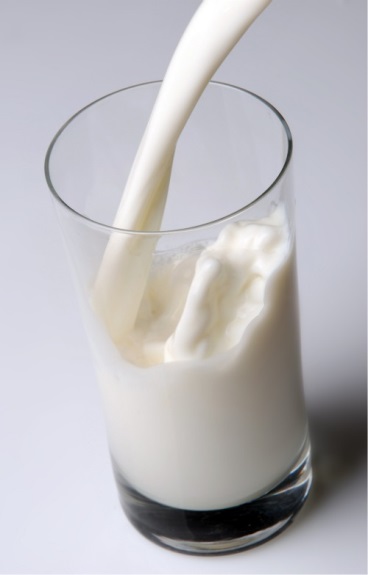
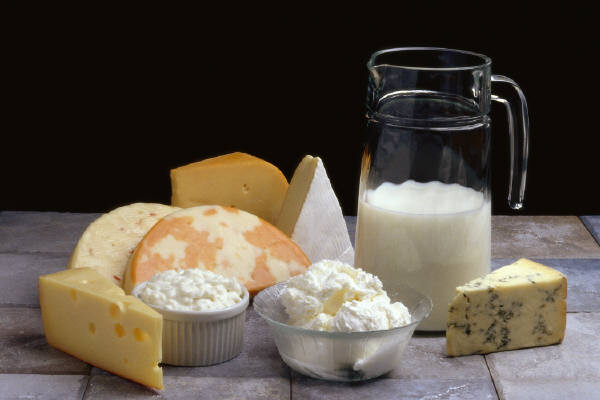
Energy value
Fat content
Moisture Content
Fat content
Moisture Content
Protein content
Sugar
Total carbohydrates
Sugar
Total carbohydrates
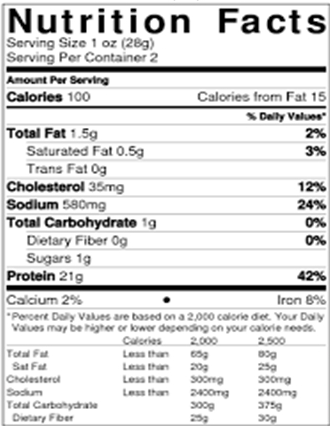
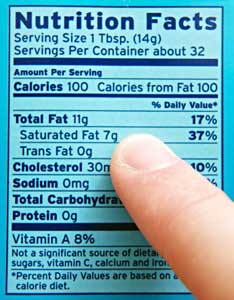

Acid value
Baudouin test
Bellier test
Cloud point
Flash point
Baudouin test
Bellier test
Cloud point
Flash point
Iodine value
Melting point
Moisture Content
Nickel
Presence of argemone oil
Melting point
Moisture Content
Nickel
Presence of argemone oil
Refractive index determination
Reichert-meissel and polenske value
Saponification value
Specific gravity
Unsaponifiable matter
Reichert-meissel and polenske value
Saponification value
Specific gravity
Unsaponifiable matter

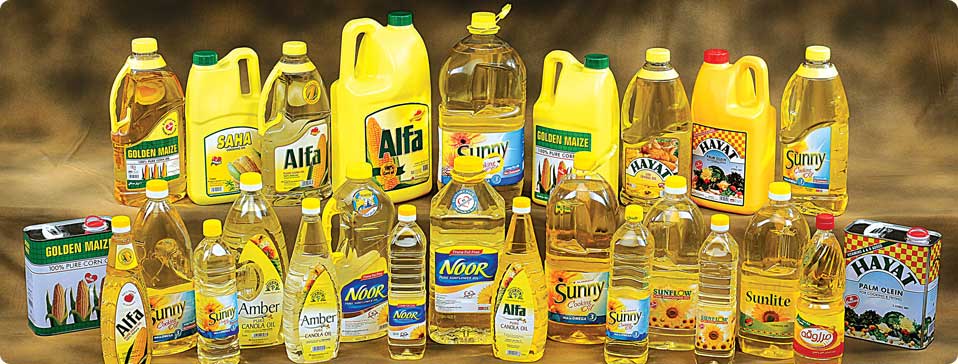
Crude fibre
Defective seeds
Extraneous matter
Headless cloves
Immature and shrivelled capsules
Insect damaged matter
Iodine content
Iron
Khoker cloves
Lead
Defective seeds
Extraneous matter
Headless cloves
Immature and shrivelled capsules
Insect damaged matter
Iodine content
Iron
Khoker cloves
Lead
Lead chromate test
Light seeds/ brown/ red seeds
Magnesium
Matter insoluble in dilute HCl
Matter insoluble in water
Matter soluble in water other than sodium chloride
Moisture Content
Nonvolatile ether extract
Sodium chloride content
Solubility
Light seeds/ brown/ red seeds
Magnesium
Matter insoluble in dilute HCl
Matter insoluble in water
Matter soluble in water other than sodium chloride
Moisture Content
Nonvolatile ether extract
Sodium chloride content
Solubility
Spilt fruits
Sulphates
Tendrils mother cloves
Test for argemone oil
Total ash
Total nitrogen
Unripe and marked fruits
Volatile oil content
Inorganic phosphorous
Sulphates
Tendrils mother cloves
Test for argemone oil
Total ash
Total nitrogen
Unripe and marked fruits
Volatile oil content
Inorganic phosphorous



Ash insoluble in dilute HCl
Ash, Sulphated
Fat content
Milk fat
Milk solids
Ash, Sulphated
Fat content
Milk fat
Milk solids
Moisture Content
Reducing sugars
Sucrose content
Total protein
Reducing sugars
Sucrose content
Total protein




Acidity
Arsenic
Calcium oxide
Conductivity
Extraneous matter
Fiehe's test
Arsenic
Calcium oxide
Conductivity
Extraneous matter
Fiehe's test
Fluorides
Fructose glucose ratio
Glucose
Insoluble ash
Lead
Moisture Content
Fructose glucose ratio
Glucose
Insoluble ash
Lead
Moisture Content
Specific gravity
Starch
Sucrose content
Total ash
Total reducing sugars
Total solids
Starch
Sucrose content
Total ash
Total reducing sugars
Total solids

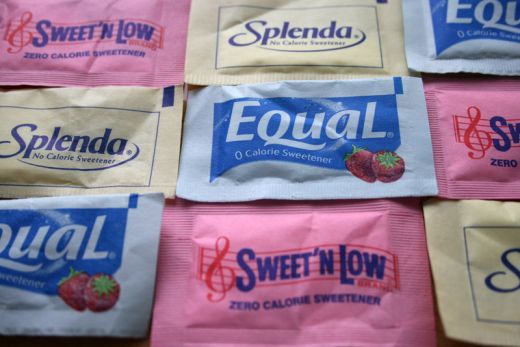

Microbiology
Microbiology touches human sphere in every possible way. Microbiological examination plays a vital role in protecting public health and maintaining adequate process hygiene / sanitation as per the specific process needs. Microbiological tests can be performed for various materials, food and water used for different applications such as drinking, bathing, swimming etc. enabling to take proper protection measures.
E.coli
Faecalcoliforms
Faecal streptococci
Mould
Pseudomonas aeruginosa
Faecalcoliforms
Faecal streptococci
Mould
Pseudomonas aeruginosa
Salmonella
Shigella
Staphylococcus aureus
Sulphite reducing anaerobes
Total bacterial count
Shigella
Staphylococcus aureus
Sulphite reducing anaerobes
Total bacterial count
Total coliform
Total viable count
Vibrio cholera
Vibrio parahaemolyticus
Yeast
Total viable count
Vibrio cholera
Vibrio parahaemolyticus
Yeast
Bio burden
Total bacterial count
Total bacterial count
Bio burden
Total bacterial count
Total bacterial count
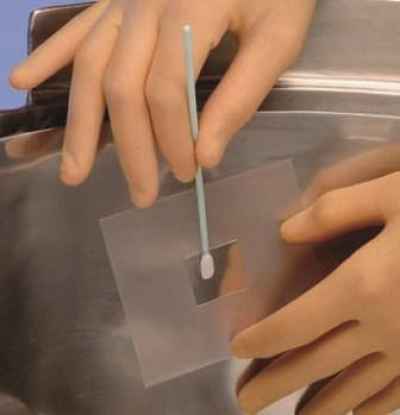
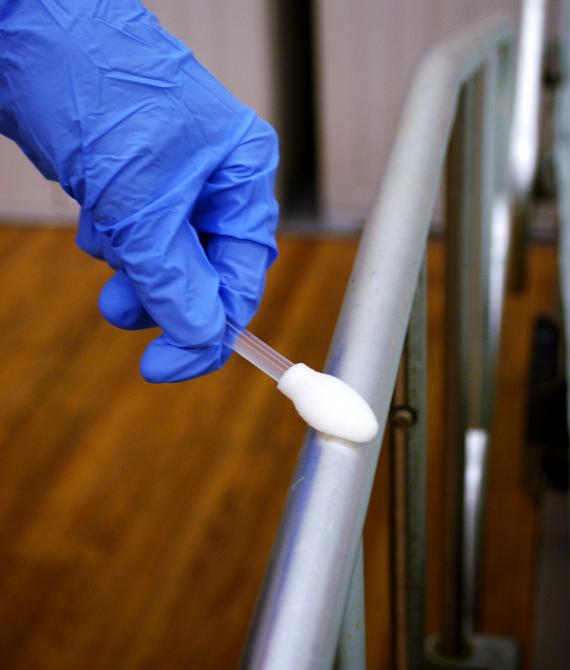

Soil, Fertilizer & Compost
Soils are complex terrestrial ecosystems that are host to a variety of interactions between physical, geochemical and biological processes. Fertilizers and composts make a unique contribution to integration and improvement of complex soil systems suitable for biotic propagation. We need to put soil system to best use for human activity and hence need to have a deeper understanding of soil put for various purposes. Testing of various soil parcels makes it possible to take a practical benefit of technology at field level.
The distinction between Fertilizer and compost is that Compost feeds the soil and fertilizer feeds the plants. Fertilizer adds to the soil's nutrient supply, but instead of feeding the soil food web, the ingredients in fertilizers are intended to meet the needs of fast-growing plants. Fertilizer can be natural or synthetic, whereas compost results from a controlled biological decomposition of organic material.
Compost is sanitized and stabilized product beneficial to plant growth. It contains plant nutrients but is typically not characterized as a fertilizer.
Compost is sanitized and stabilized product beneficial to plant growth. It contains plant nutrients but is typically not characterized as a fertilizer.
Moisture Content
Particle size
Total nitrogen
Total organic carbon
Particle size
Total nitrogen
Total organic carbon
Total phosphorus
Total potassium
Water soluble phosphates
Total potassium
Water soluble phosphates
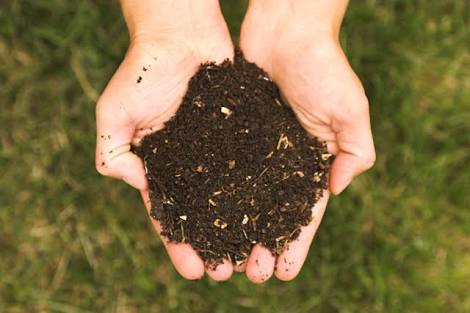
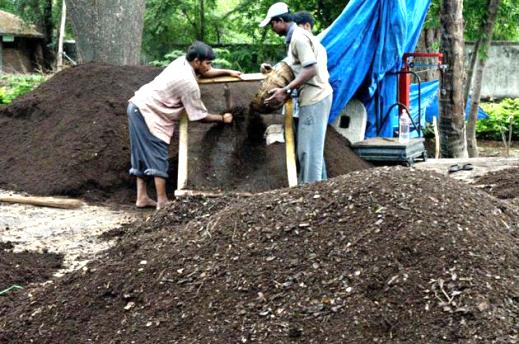
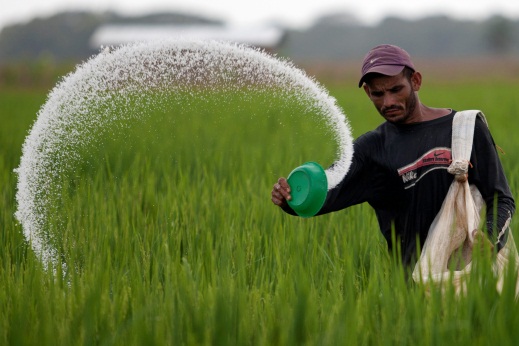
Soil is a natural body and is considered to be the "skin of the earth. It contains mineral, organics and live microorganisms. Soil performs important functions such as being a medium for plant growth; means of water storage, supply and purification; as a modifier of earth atmosphere and a habitat for organisms.
To understand the suitability of soil with respect to farming fertility and other aspects and to work out soil improvement plan, the first step is to test soil for target parameters.
To understand the suitability of soil with respect to farming fertility and other aspects and to work out soil improvement plan, the first step is to test soil for target parameters.
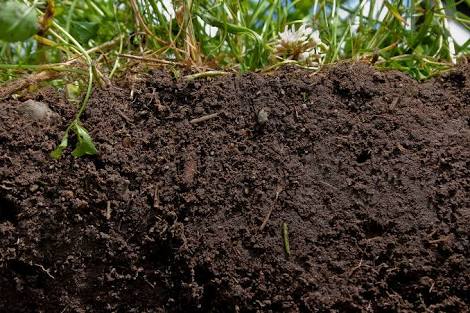
Actinomycetes
Ash content
Available phosphorus
Available potassium
Boron
Calcium
Cation exchange capacity
Chlorides
Clay
Conductivity
Exchangeable calcium
Exchangeable magnesium
Exchangeable potassium
Exchangeable sodium
Fungal count
Ash content
Available phosphorus
Available potassium
Boron
Calcium
Cation exchange capacity
Chlorides
Clay
Conductivity
Exchangeable calcium
Exchangeable magnesium
Exchangeable potassium
Exchangeable sodium
Fungal count
Heavy metals
Magnesium
Moisture Content
Molybdenum
Nitrate nitrogen
Nitrogen fixing bacteria
Organic matter
pH
Phosphate solubilizing bacteria
Porosity
Rhizobium
Sand
Silt
Sodium
Soil texture
Magnesium
Moisture Content
Molybdenum
Nitrate nitrogen
Nitrogen fixing bacteria
Organic matter
pH
Phosphate solubilizing bacteria
Porosity
Rhizobium
Sand
Silt
Sodium
Soil texture
Soluble bicarbonates
Soluble carbonates
Soluble chlorides
Soluble hydroxides
Sulphates
Total kjeldahl nitrogen (TKN)
Total nitrogen
Total organic carbon
Total phosphorus
Total potassium
Volatile solids
Water holding capacity
Soluble carbonates
Soluble chlorides
Soluble hydroxides
Sulphates
Total kjeldahl nitrogen (TKN)
Total nitrogen
Total organic carbon
Total phosphorus
Total potassium
Volatile solids
Water holding capacity
Chemicals & Materials
The objective of checking purity is simply to know whether the chemical composition of the material confirms with the standard or with what you intend to buy. Timely confirmation of the chemical purity saves on wrong doses, and unpredictable end products.
Arsenic
Cadmium
Insoluble matter
Lead
Manganese
Cadmium
Insoluble matter
Lead
Manganese
Mercury
Phenolic compounds
Selenium
Chromium
Anionic detergents
Phenolic compounds
Selenium
Chromium
Anionic detergents
Basicity
Free acidity
pH (5% aqueous solution)
Soluble iron compounds
Water soluble aluminium compounds
Free acidity
pH (5% aqueous solution)
Soluble iron compounds
Water soluble aluminium compounds

Arsenic
Free chlorine & bromine
Iron
Lead
Mercury
Free chlorine & bromine
Iron
Lead
Mercury
Residue on ignition
Sulphates
Sulphites
Total acidity
Sulphates
Sulphites
Total acidity
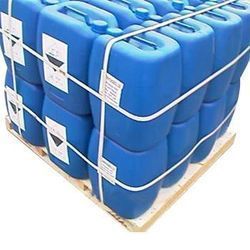
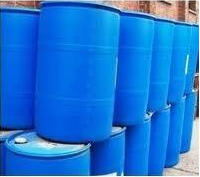
Nitrous acid
Sulphates
Total acidity
Sulphates
Total acidity
Ammonia
Arsenic
Chlorides
Copper
Iron
Arsenic
Chlorides
Copper
Iron
Lead
Manganese
Nitrates
Nitrates, nitrites & ammonia
Organic matter
Manganese
Nitrates
Nitrates, nitrites & ammonia
Organic matter
Oxidizable impurities
Residue on ignition
Selenium
Total acidity
Zinc
Residue on ignition
Selenium
Total acidity
Zinc
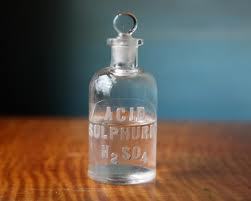
Sodium hydroxide
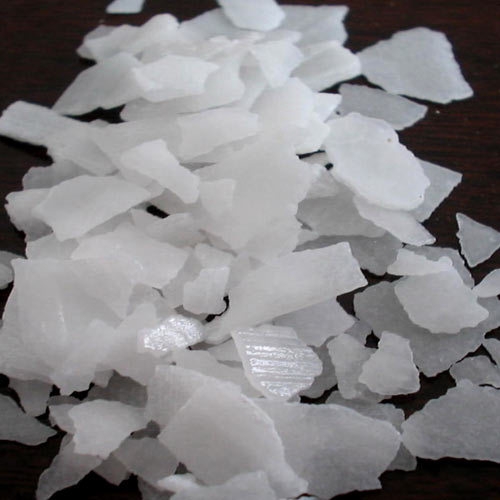
Aluminium
Arsenic
Bulk density
Cadmium
Chlorides
Arsenic
Bulk density
Cadmium
Chlorides
Insoluble matter
Iron
Lead
Manganese
Mercury
Iron
Lead
Manganese
Mercury
Specific gravity
Sulphates
Chromium
Basicity
pH (5% aqueous solution)
Sulphates
Chromium
Basicity
pH (5% aqueous solution)
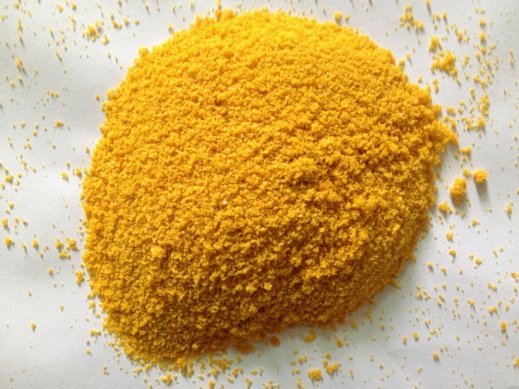
Available chlorine
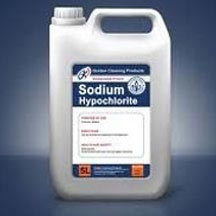
Adsorption capacity in terms of iodine
Ash content
Bulk density
Ash content
Bulk density
Hardness number
Moisture Content
Moisture Content
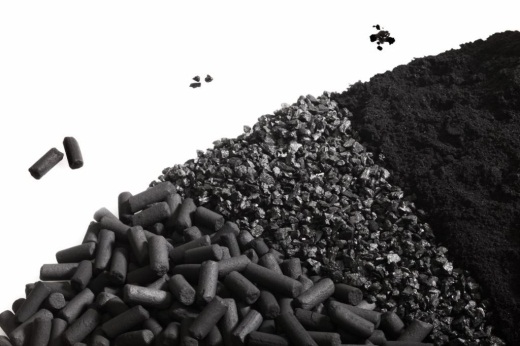
Acetic acid
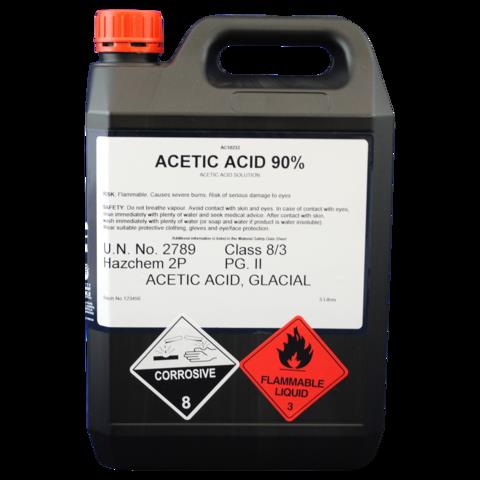
Ammonia

Available chlorine
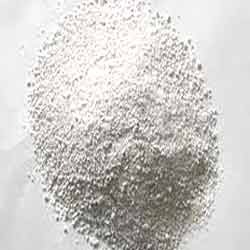
Calcium carbonate
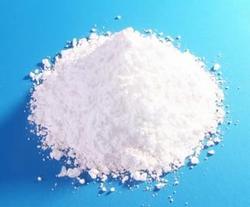
Calcium chloride
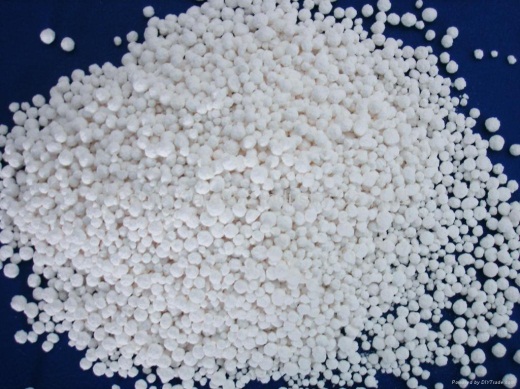
Ash, Sulphated
Density
Reducing sugar
Density
Reducing sugar

Copper
Hexavalent chromium
Magnesium
Nickel
Sulphates
Hexavalent chromium
Magnesium
Nickel
Sulphates
Boric acid
Chloride equivalent
Copper sulphate
Free cyanide
Free sulphuric acid
Chloride equivalent
Copper sulphate
Free cyanide
Free sulphuric acid
Iron oxide
Nickel chloride
Nickel sulphate
Sodium potassium tartarate
Trivalent chromium
Nickel chloride
Nickel sulphate
Sodium potassium tartarate
Trivalent chromium
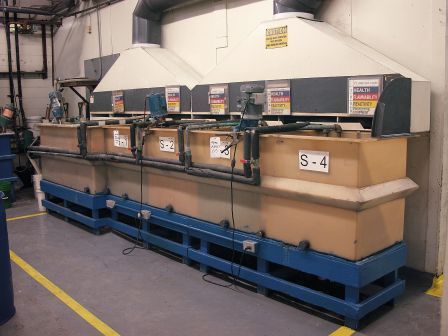
Ferrous sulphate
Calcium oxide
Soluble sodium oxide
Sulphur trioxide
Soluble sodium oxide
Sulphur trioxide

Orthophosphoric acid
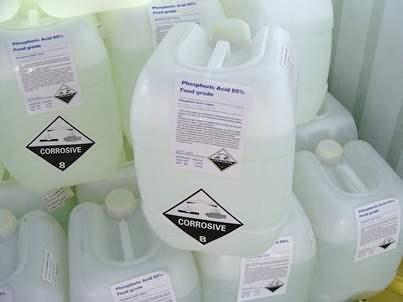
Sodium chloride
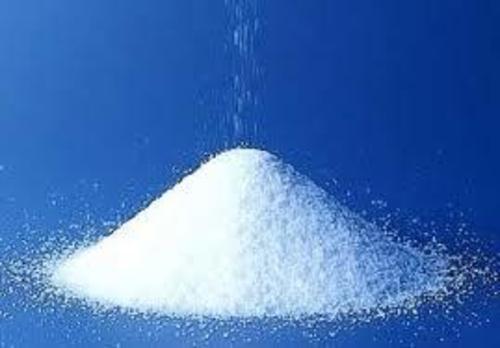
Sodium hydroxide
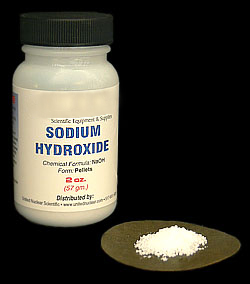
Copper
Lead
Relative density
Residue on evaporation
Aldehyde content
Degree over-proof
Lead
Relative density
Residue on evaporation
Aldehyde content
Degree over-proof
Ester content
Ethanol content
Furfural content
Fusel oil content
Isopropyl alcohol, acetone & other ketones
Methanol content
Ethanol content
Furfural content
Fusel oil content
Isopropyl alcohol, acetone & other ketones
Methanol content
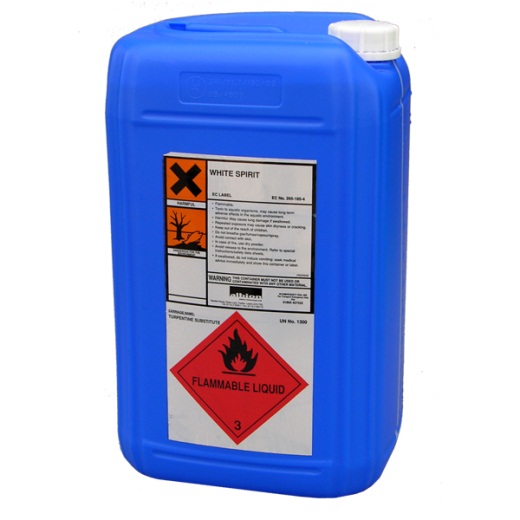
Acid insoluble matter
Manganese
Available lime
Dead burnt lime
Magnesia
Moisture
Manganese
Available lime
Dead burnt lime
Magnesia
Moisture
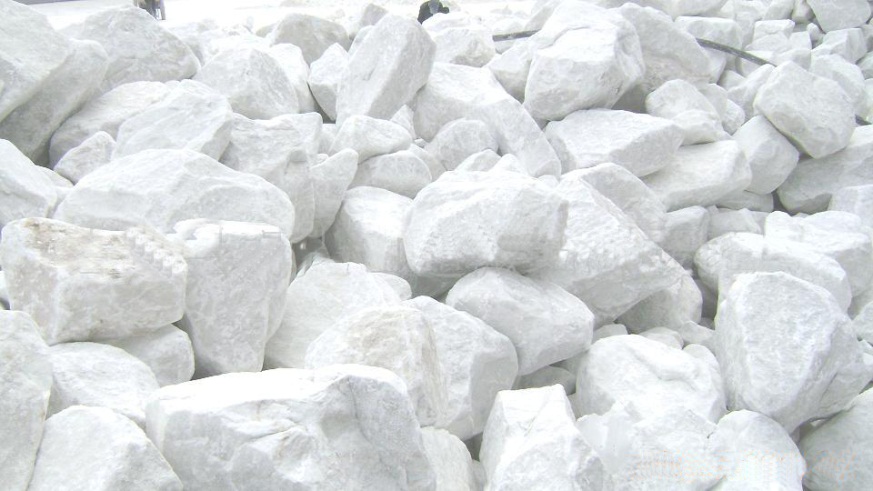
Acid insoluble matter
Magnesium
Manganese
Phosphorus
Available lime
Dead burnt lime
Magnesium
Manganese
Phosphorus
Available lime
Dead burnt lime
Biological test
Cadmium
Cobalt
Copper
Global migration
Cadmium
Cobalt
Copper
Global migration
Lead
Manganese
Odour (generic)
pH
Total acidity
Manganese
Odour (generic)
pH
Total acidity
Total alkalinity
Total chromium
Turbidity
Zinc
UV absorbing material
Total chromium
Turbidity
Zinc
UV absorbing material
